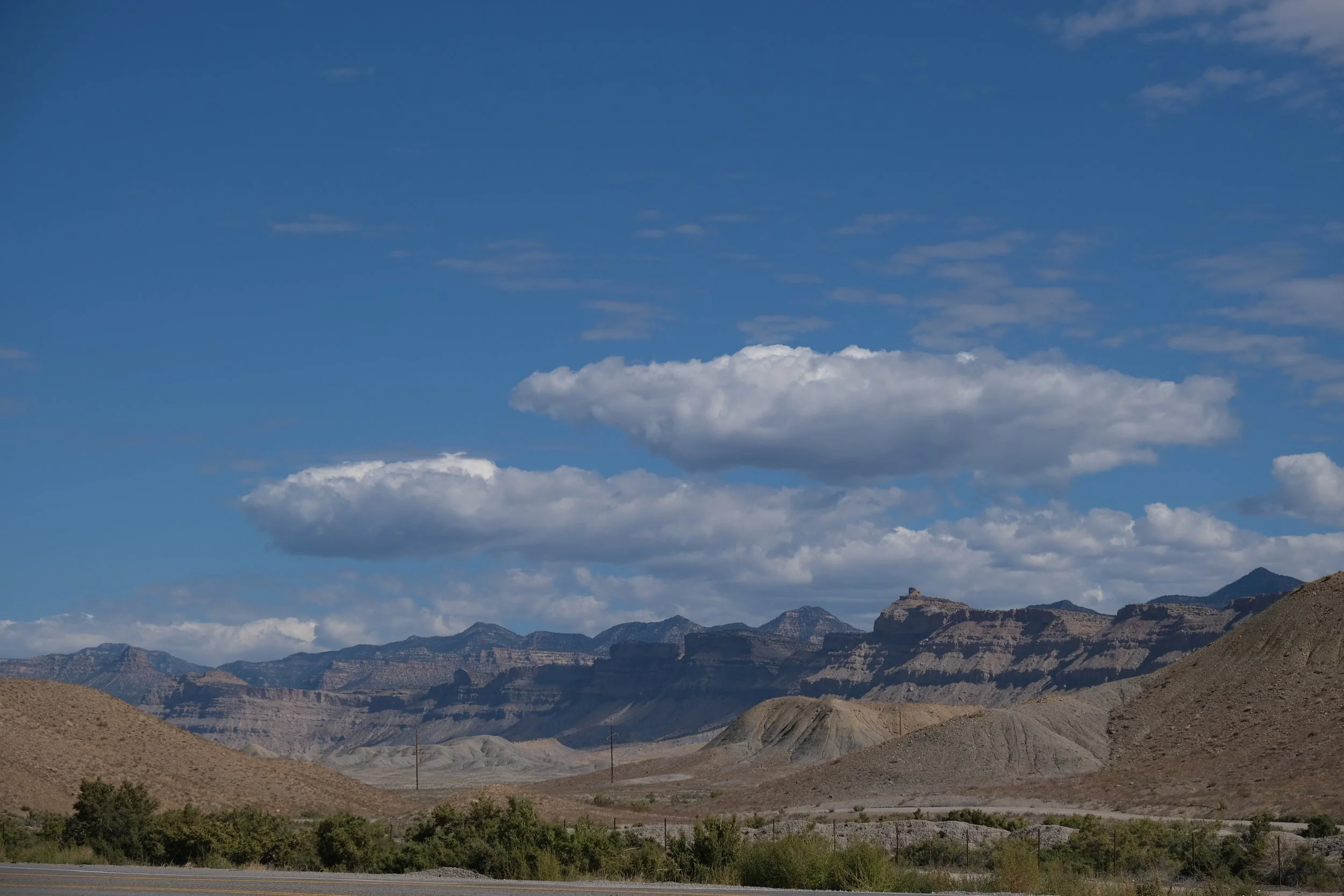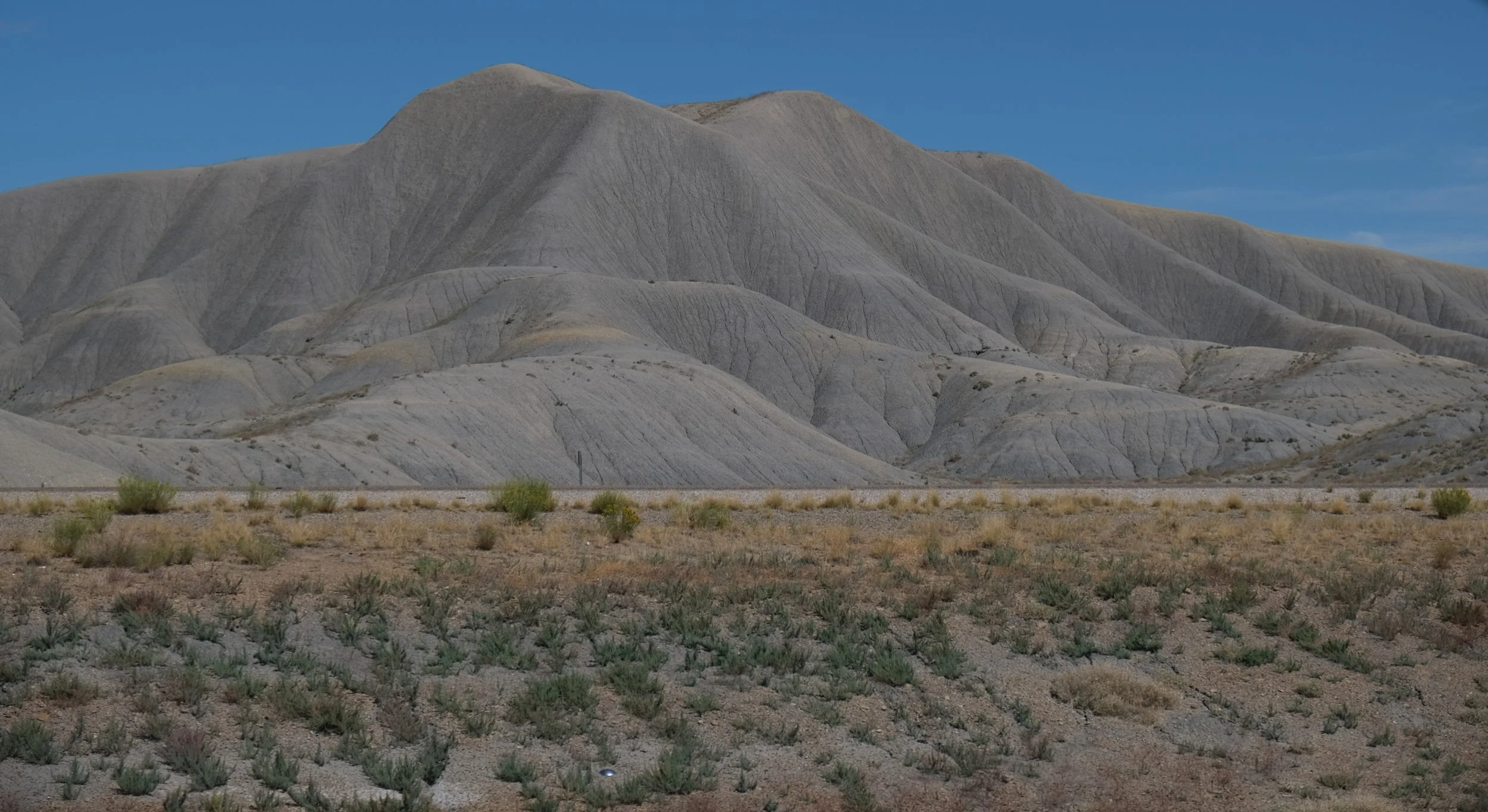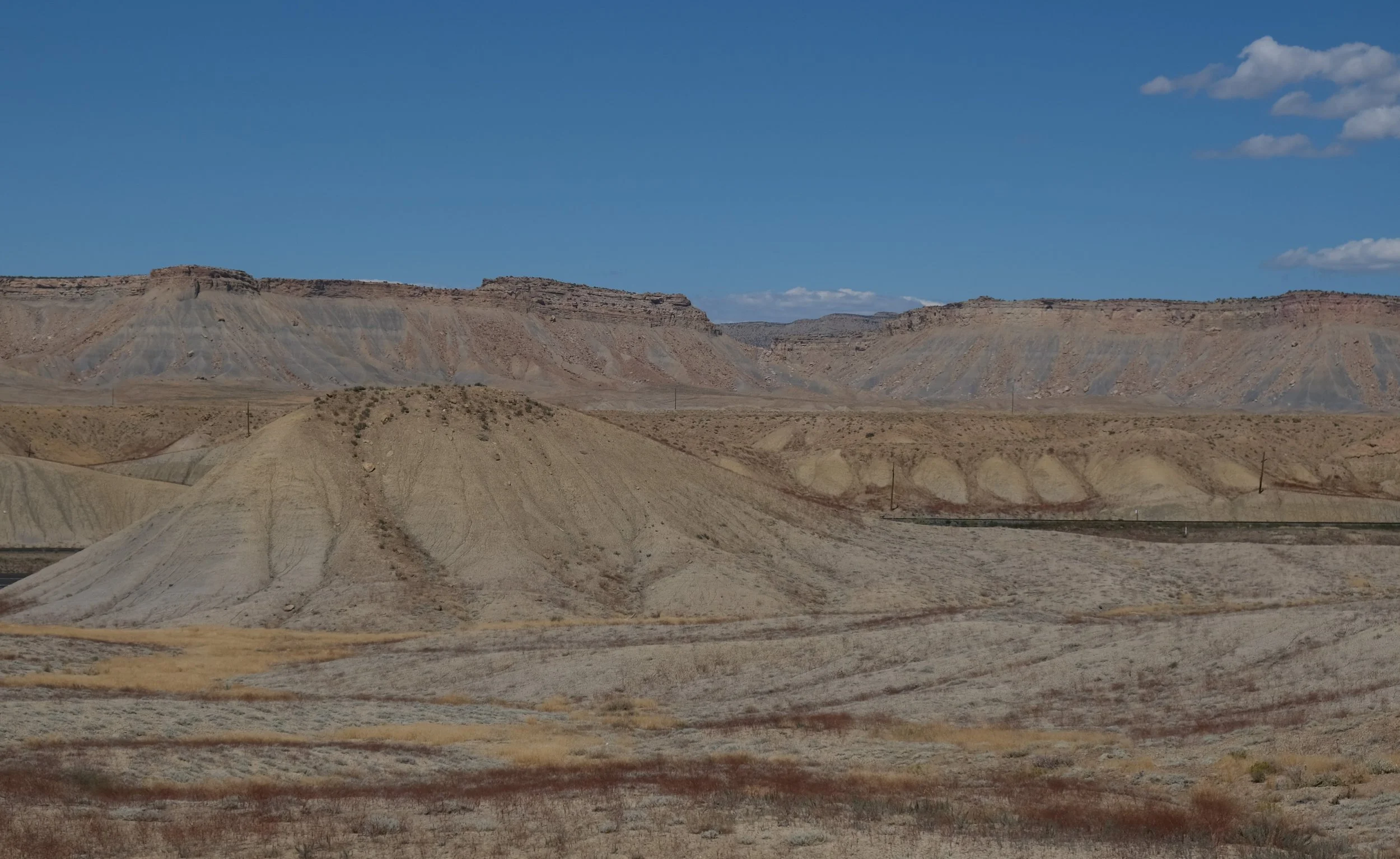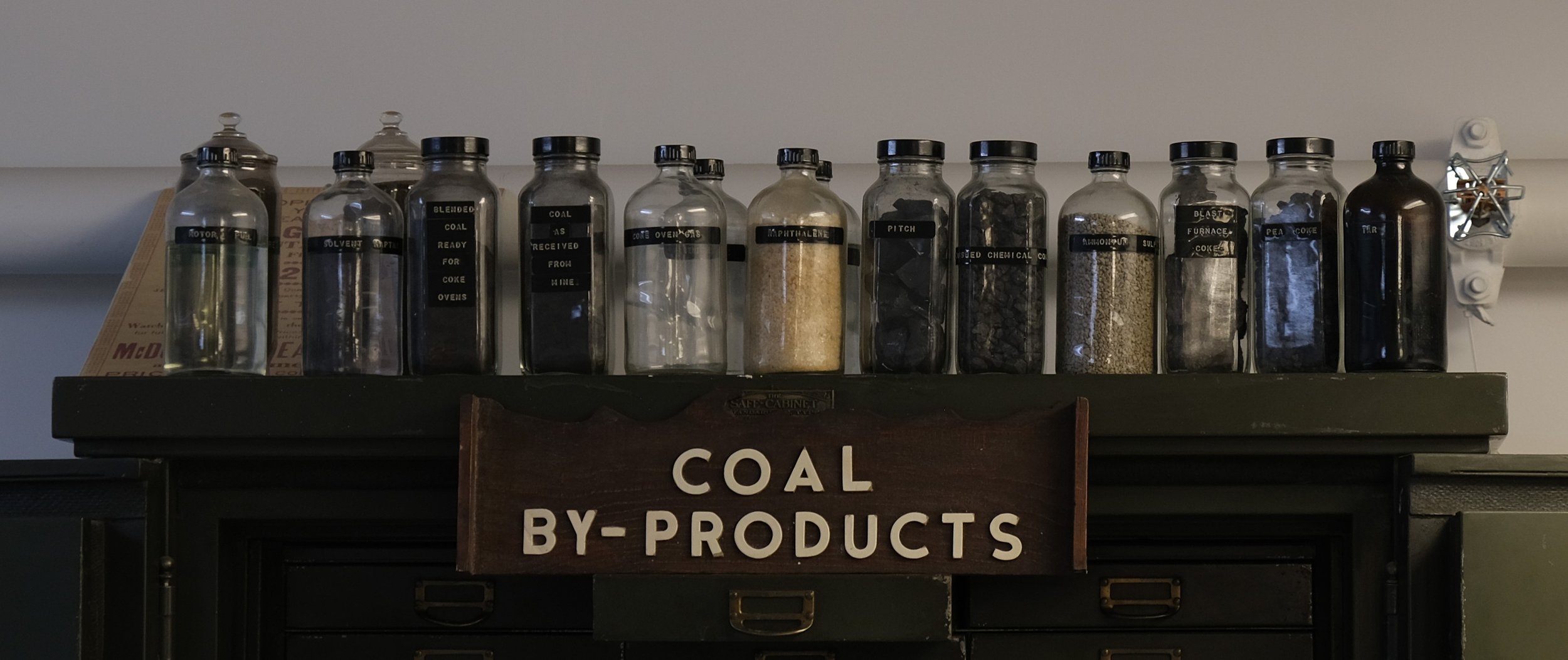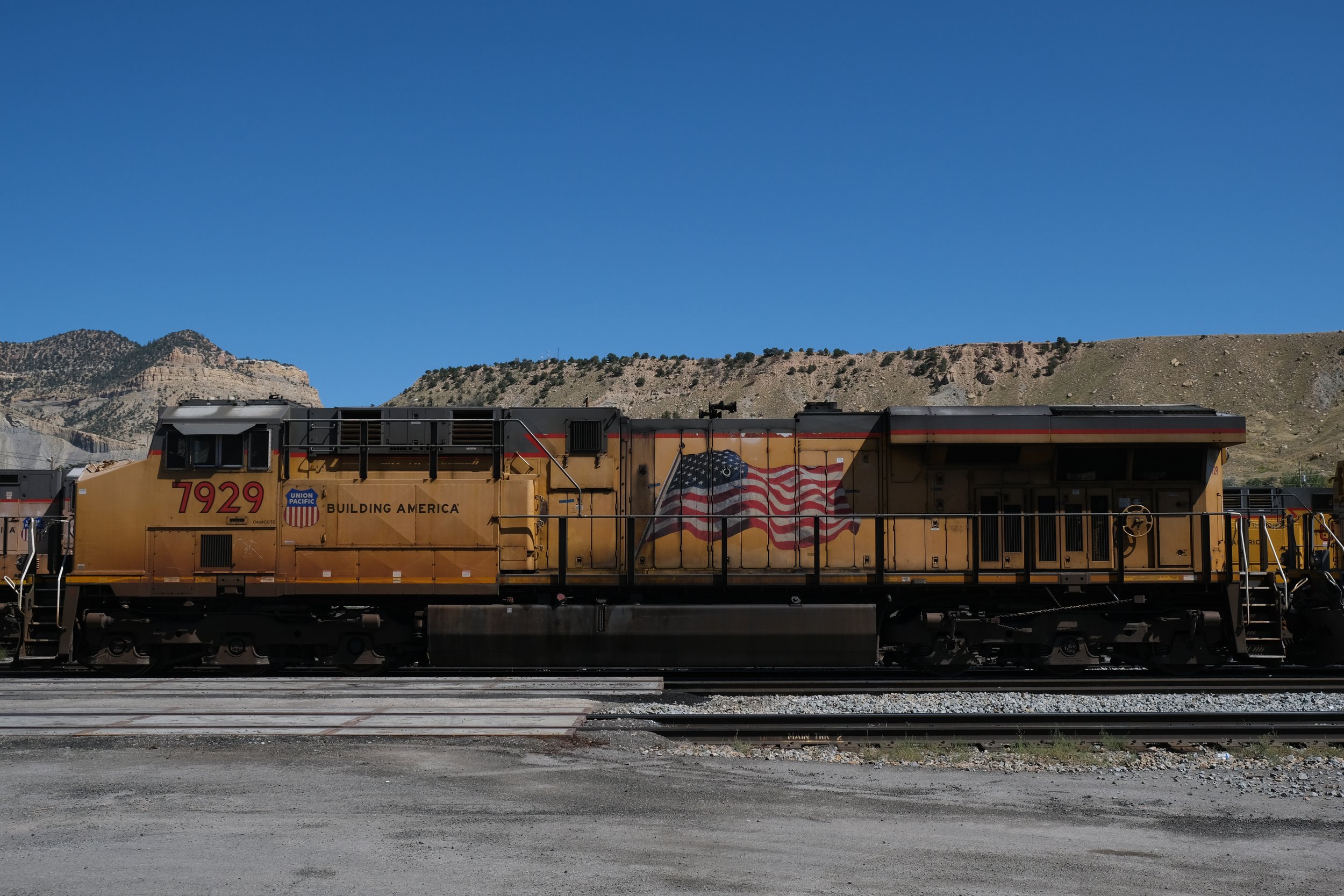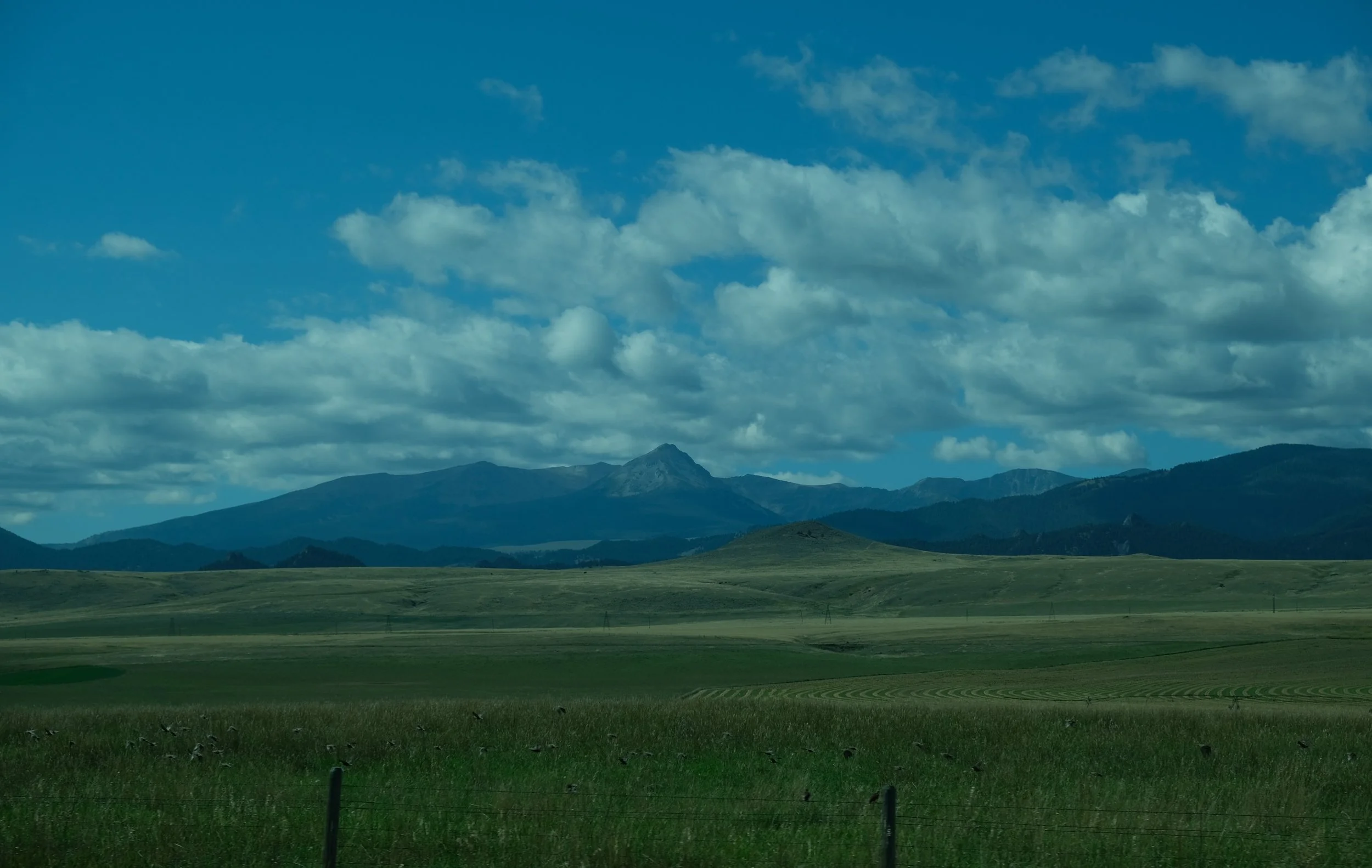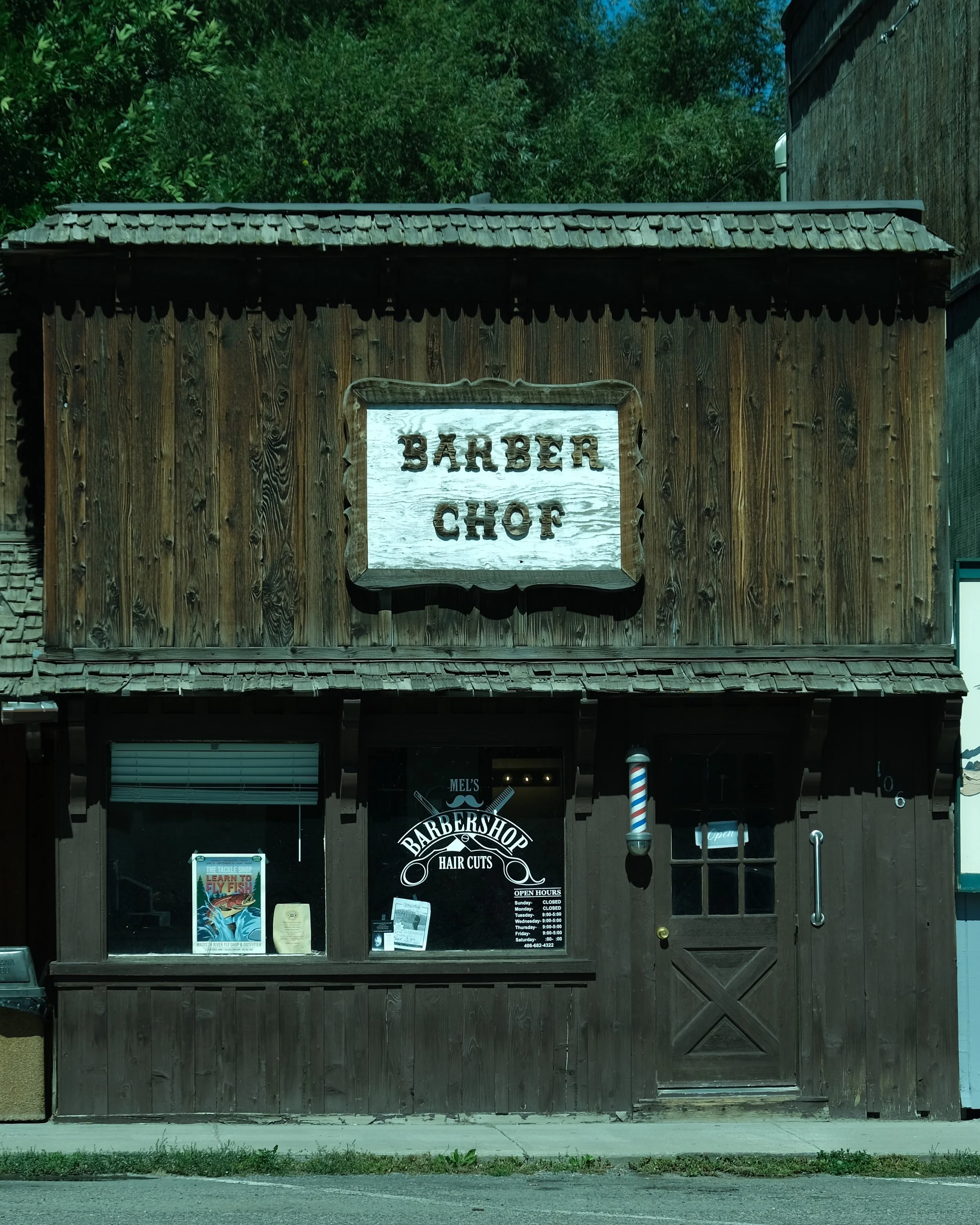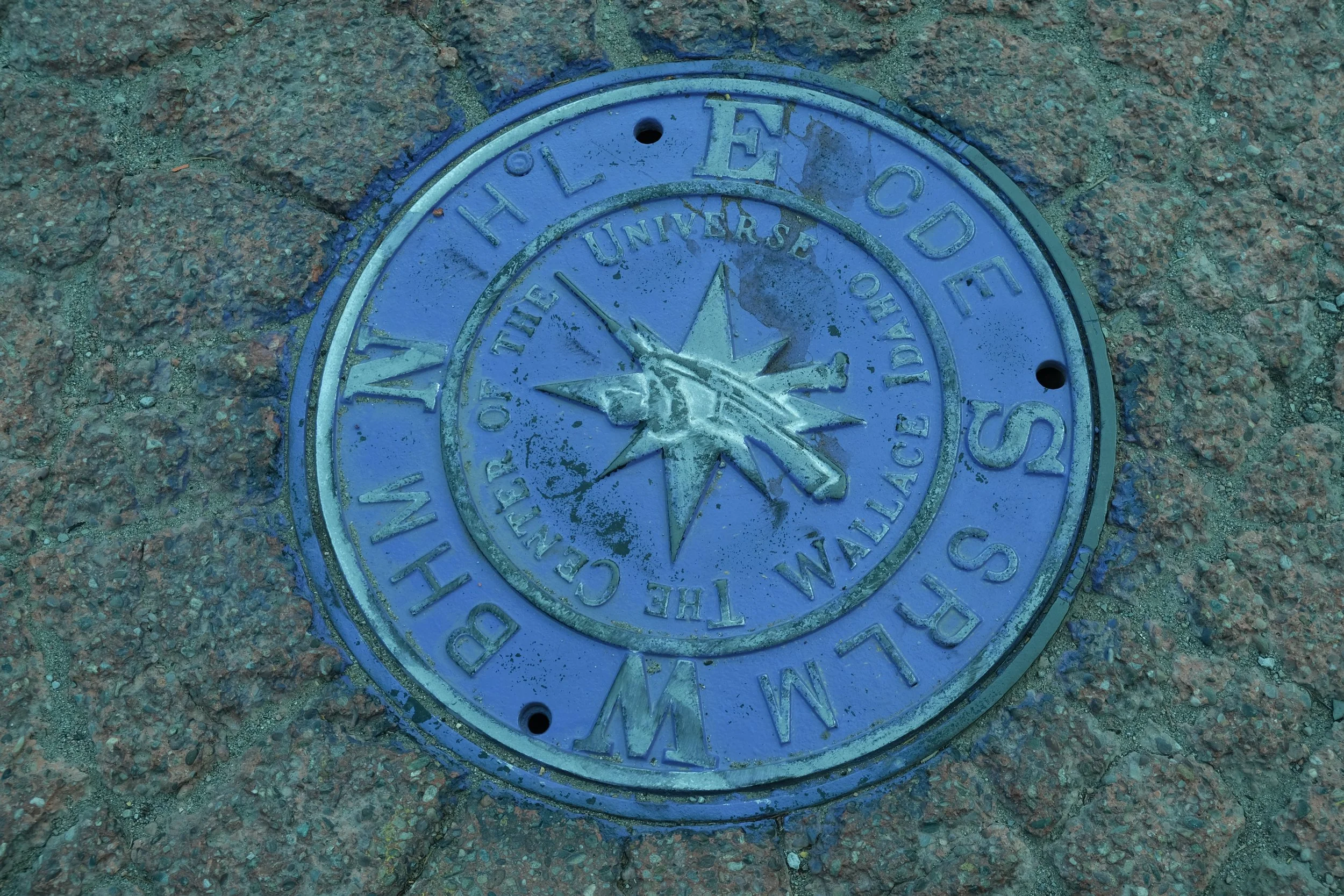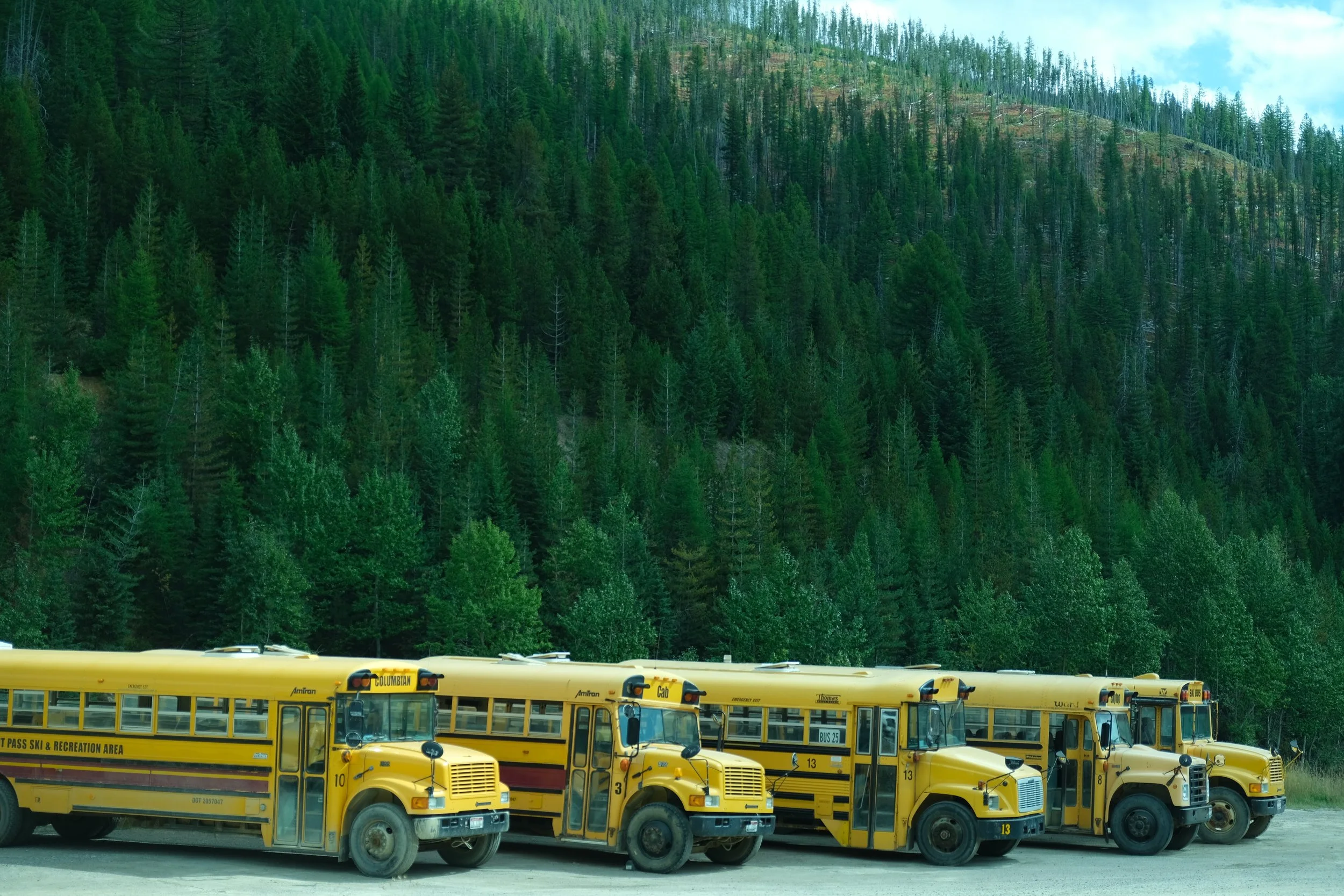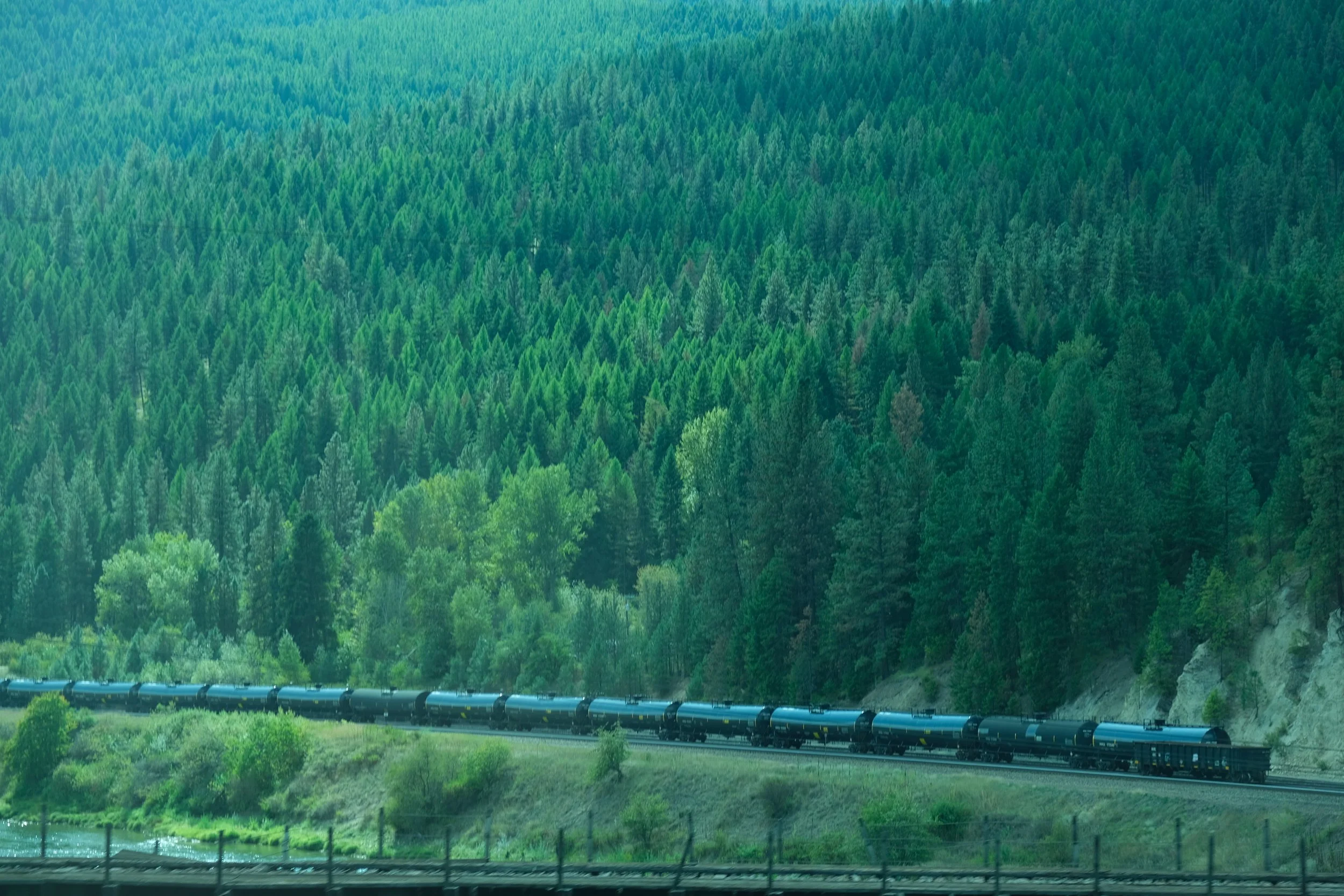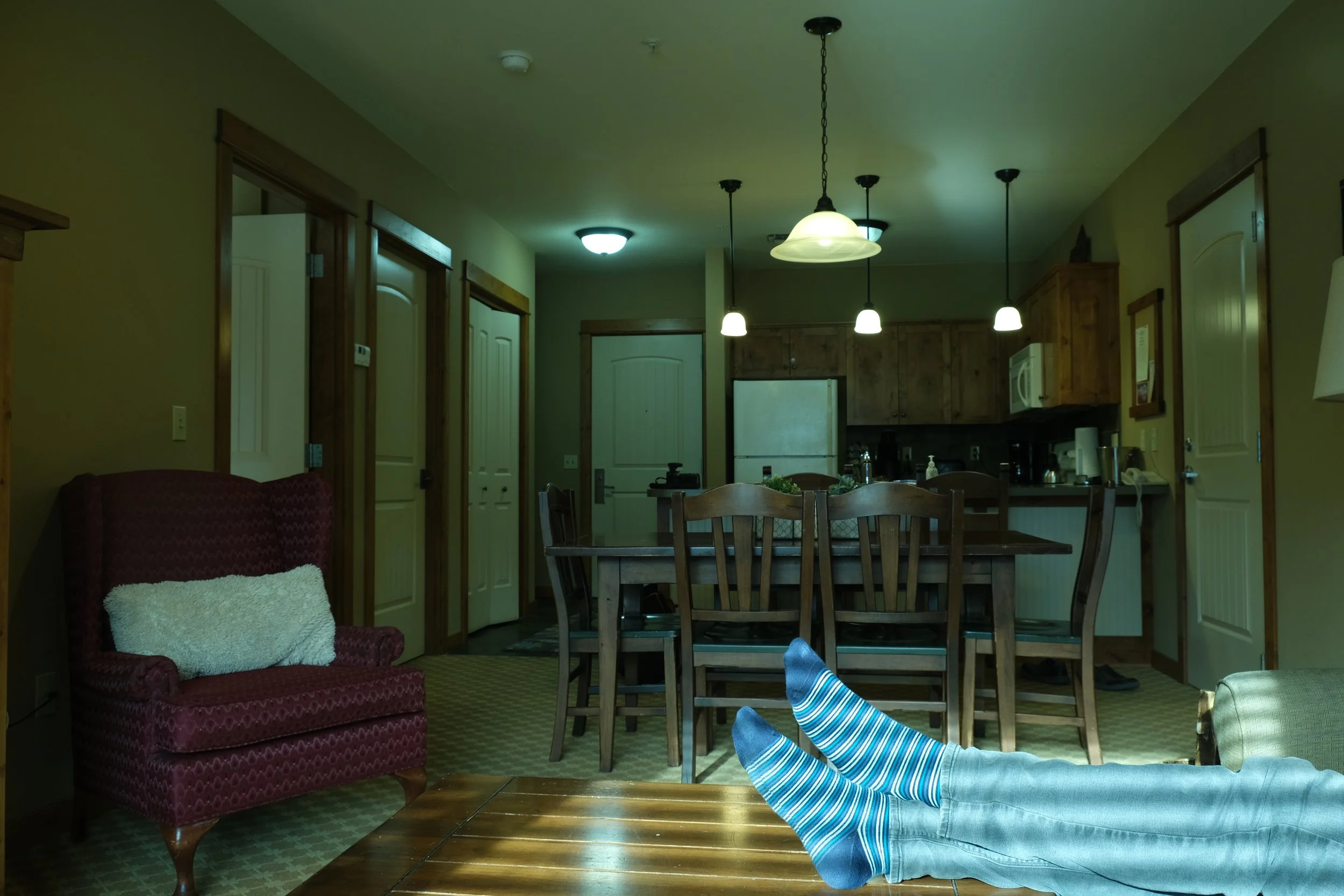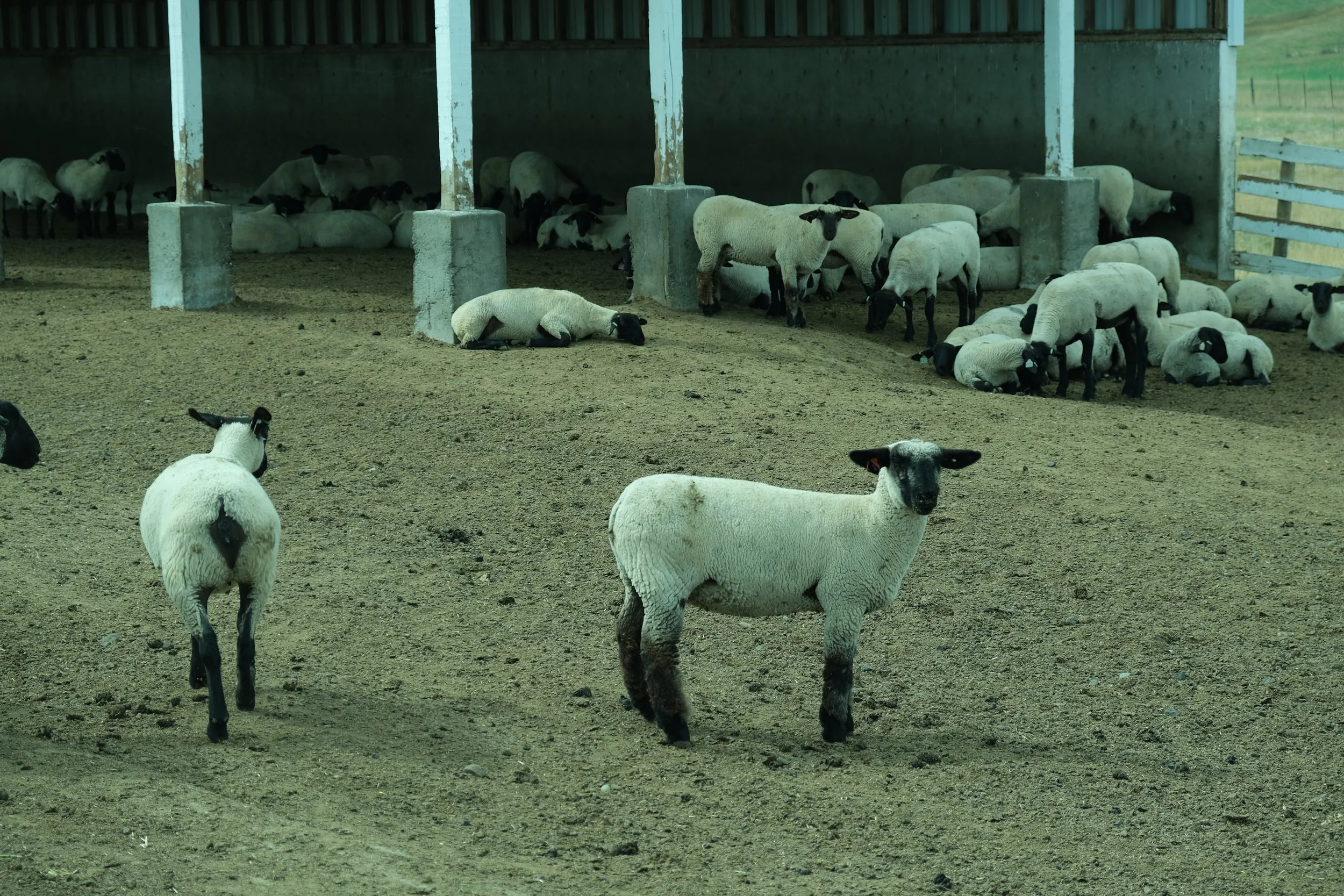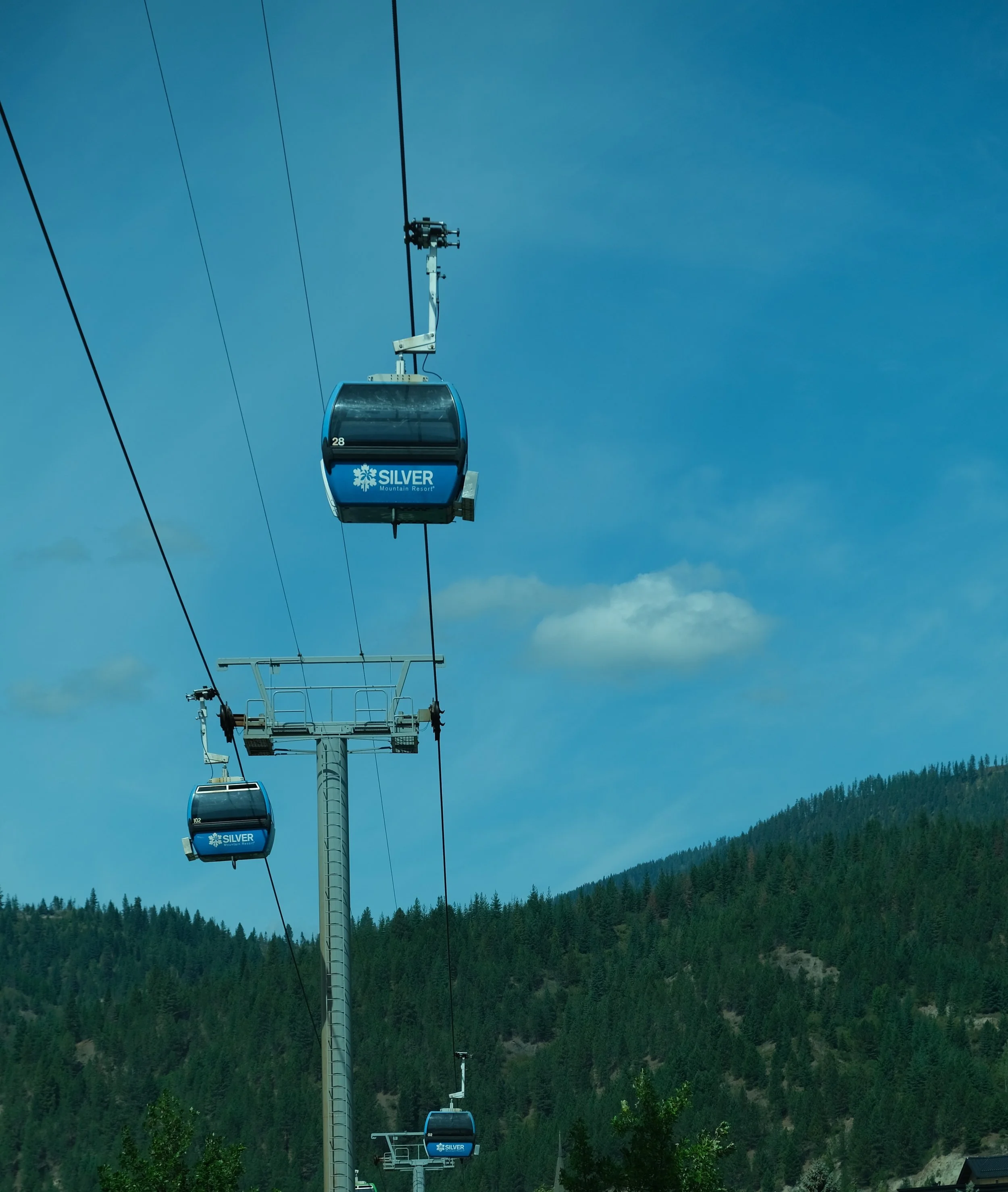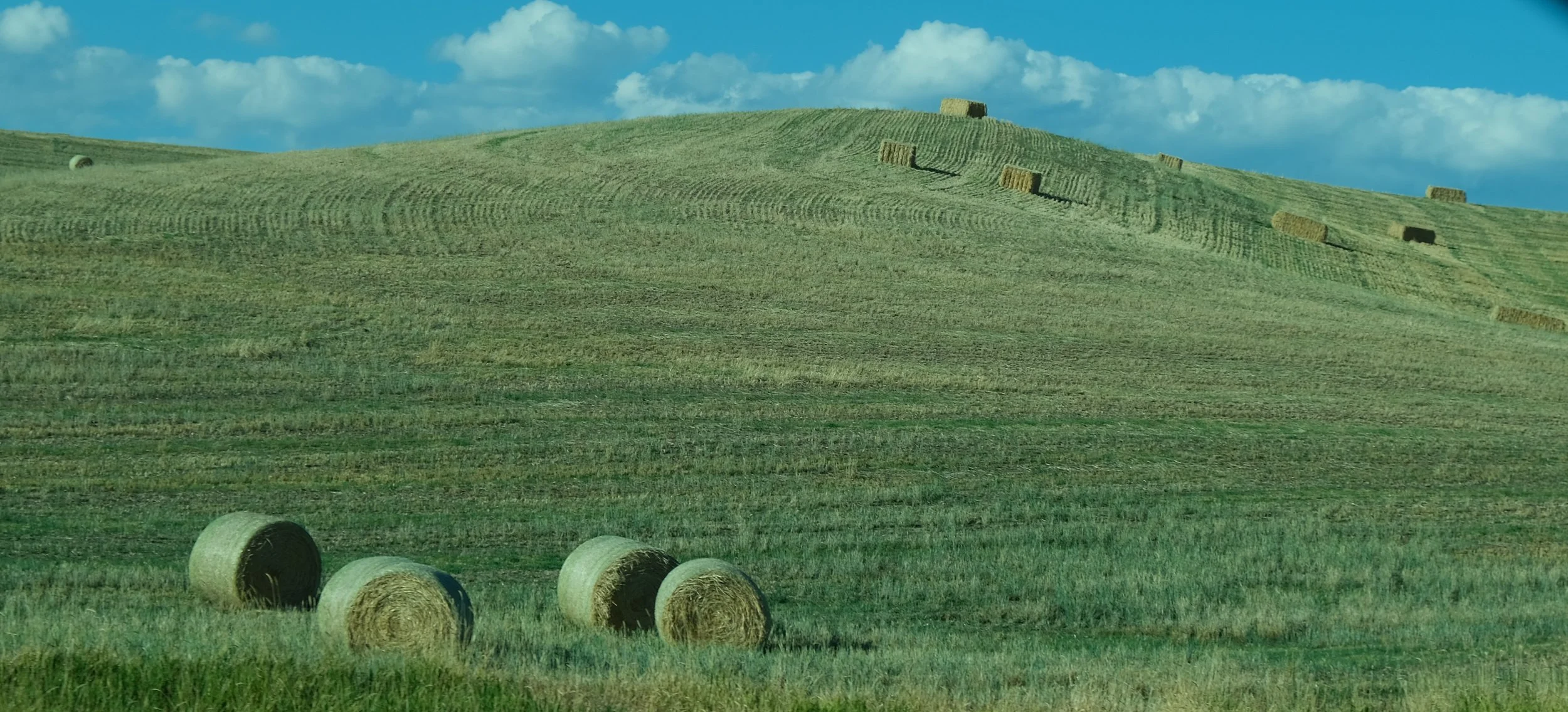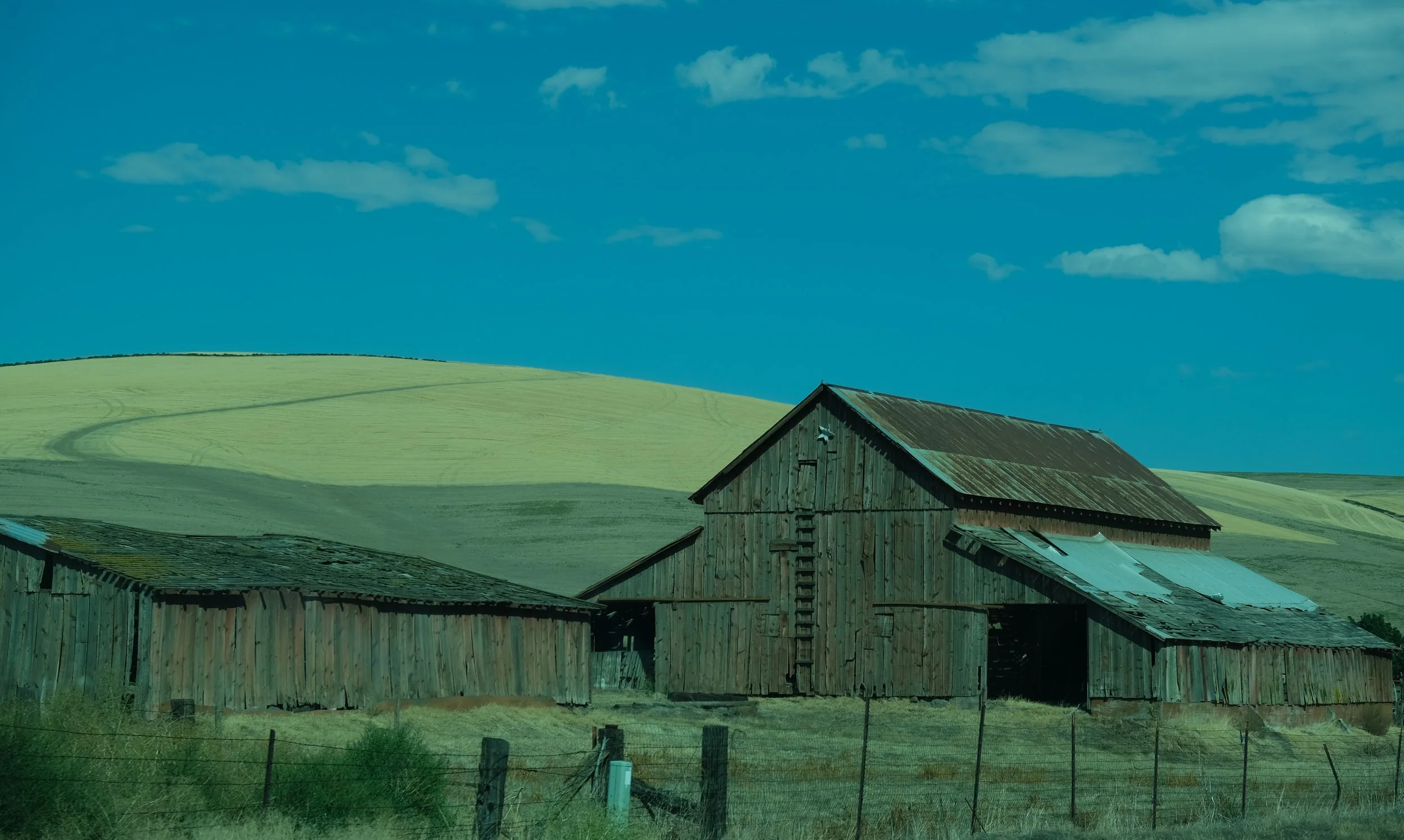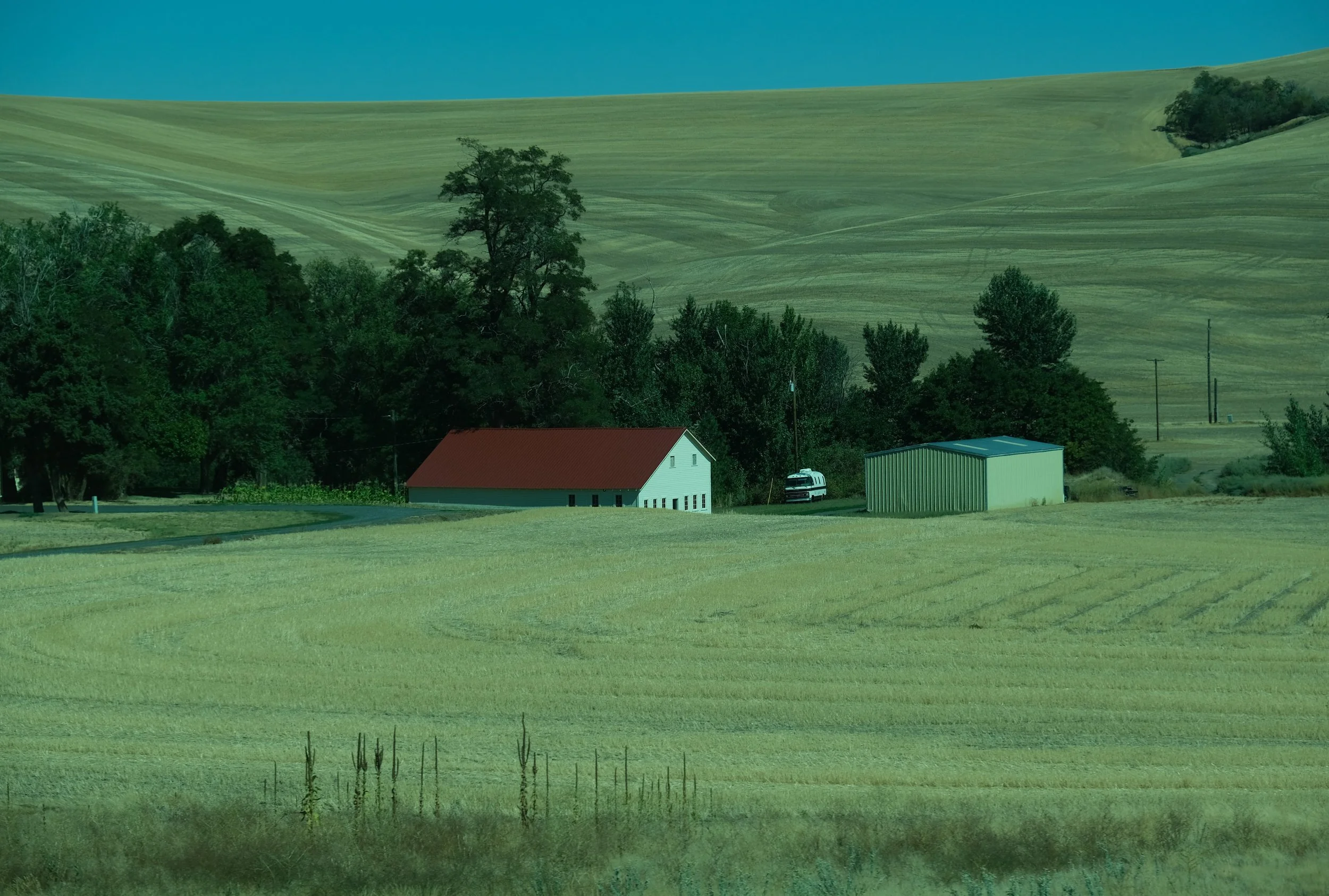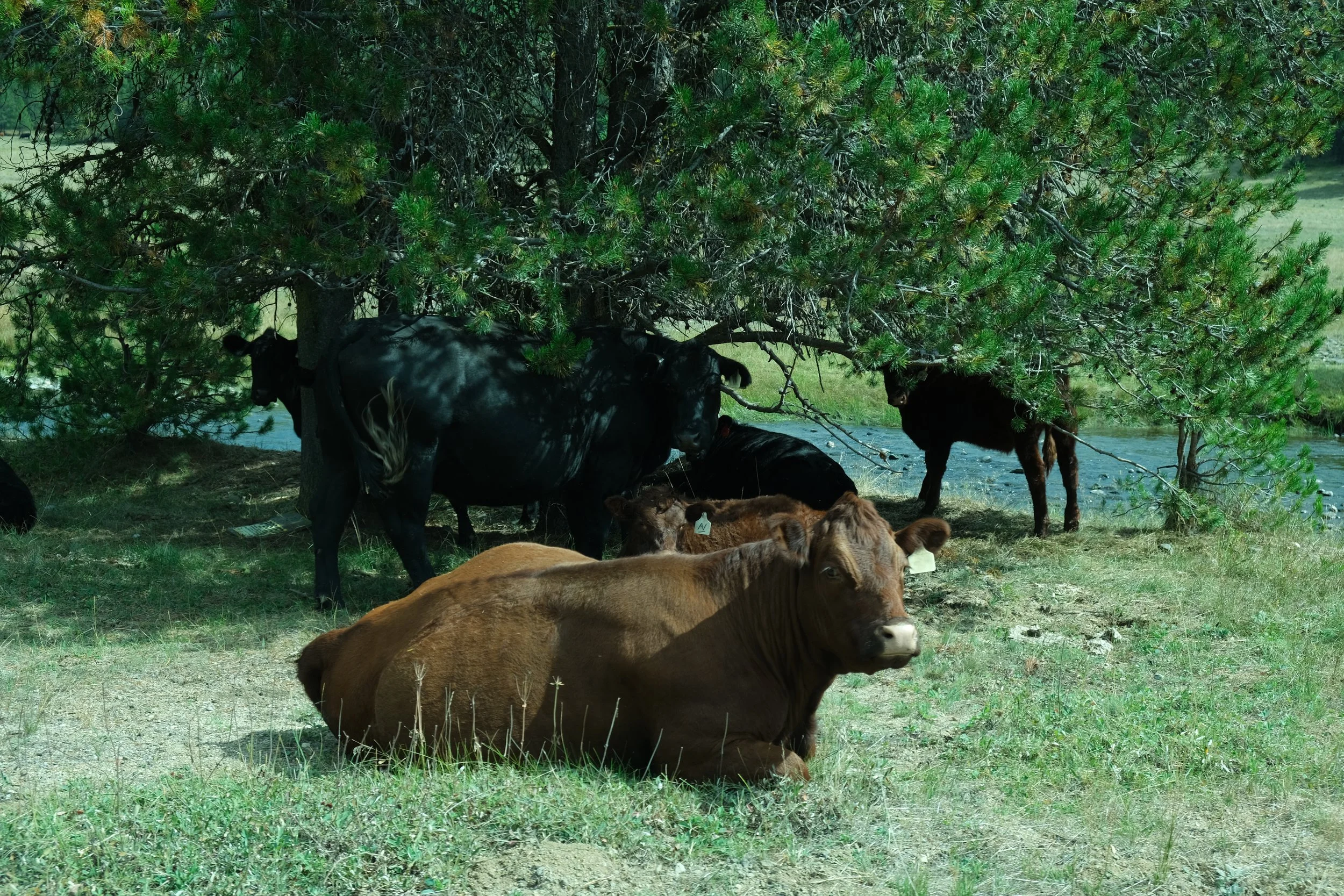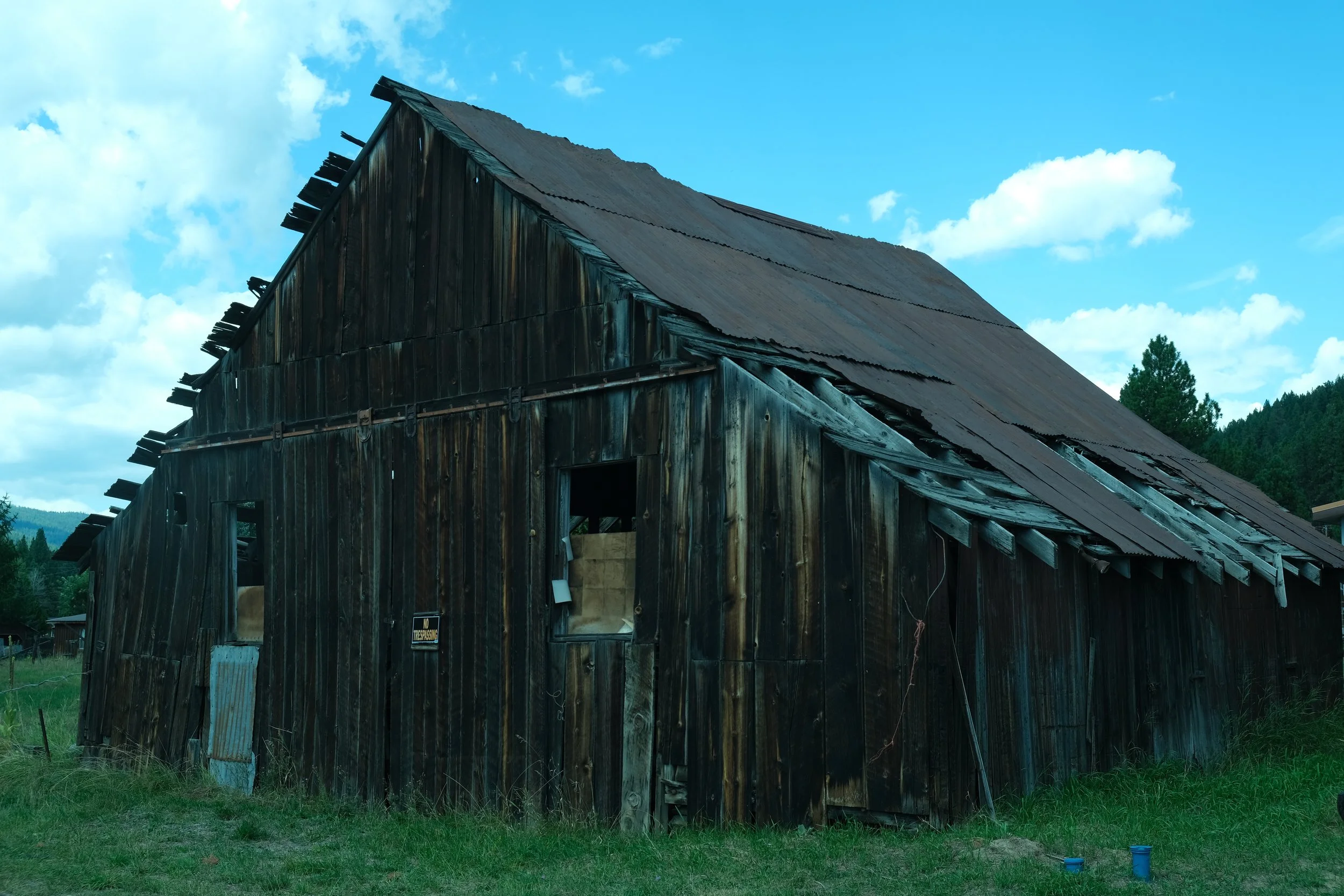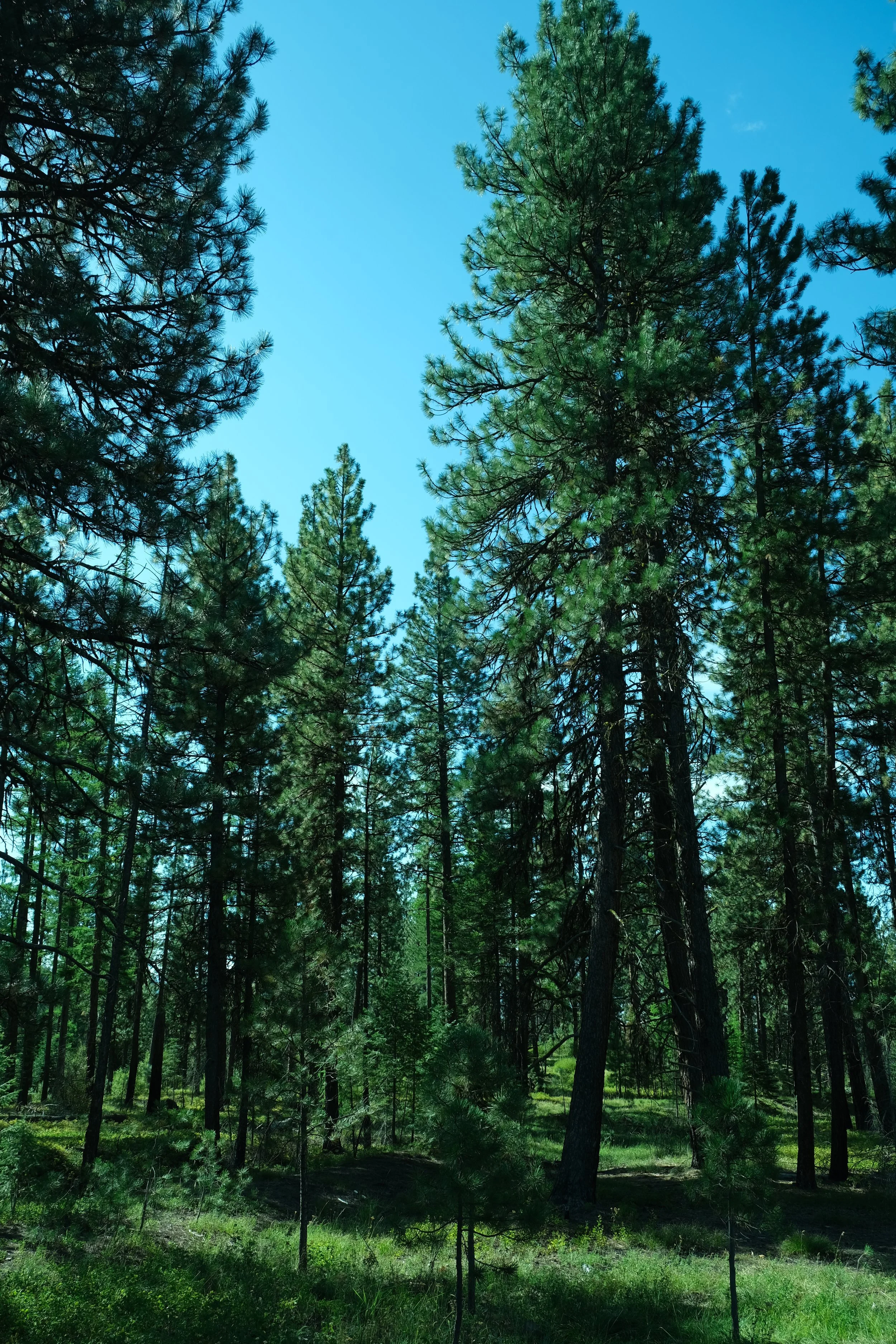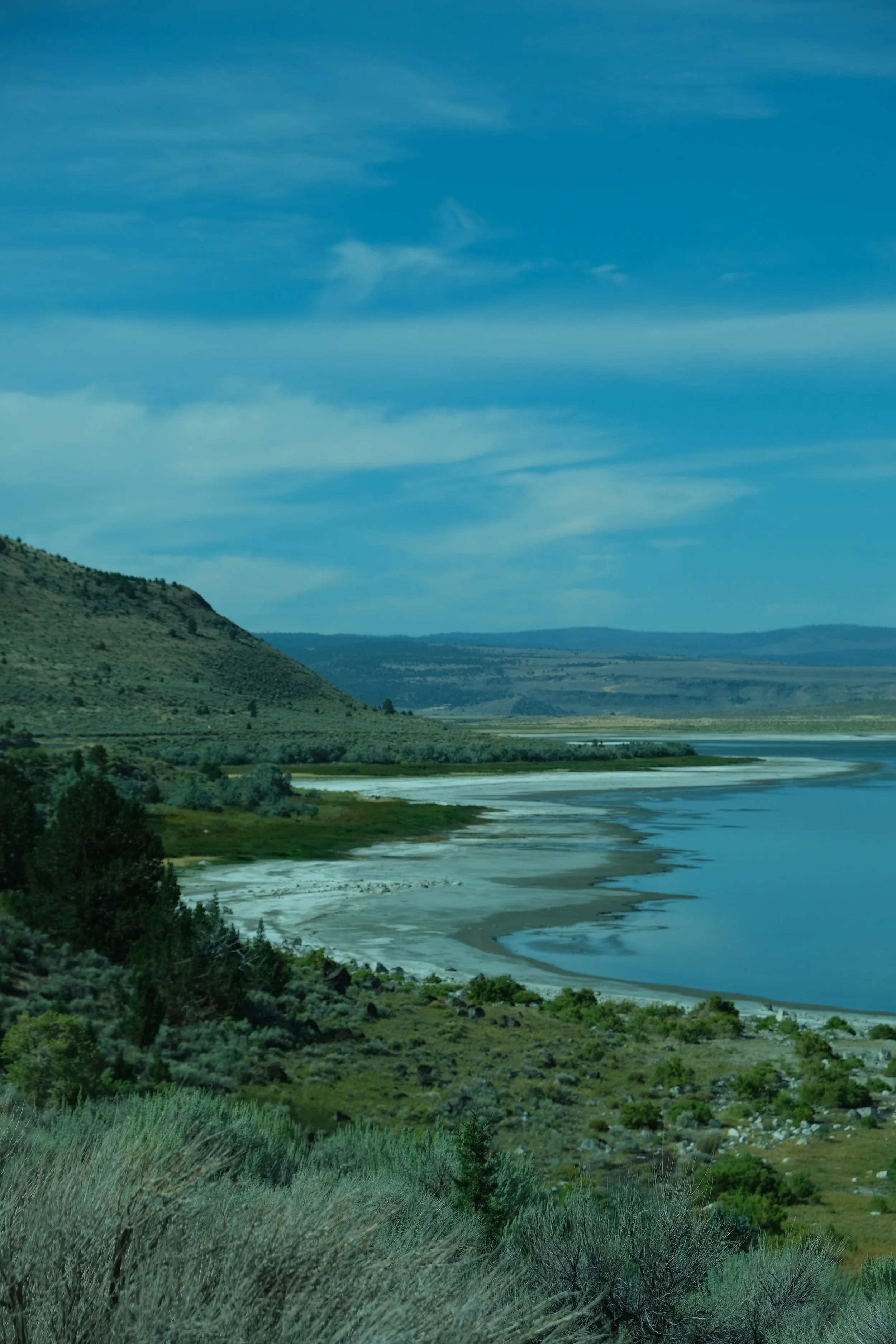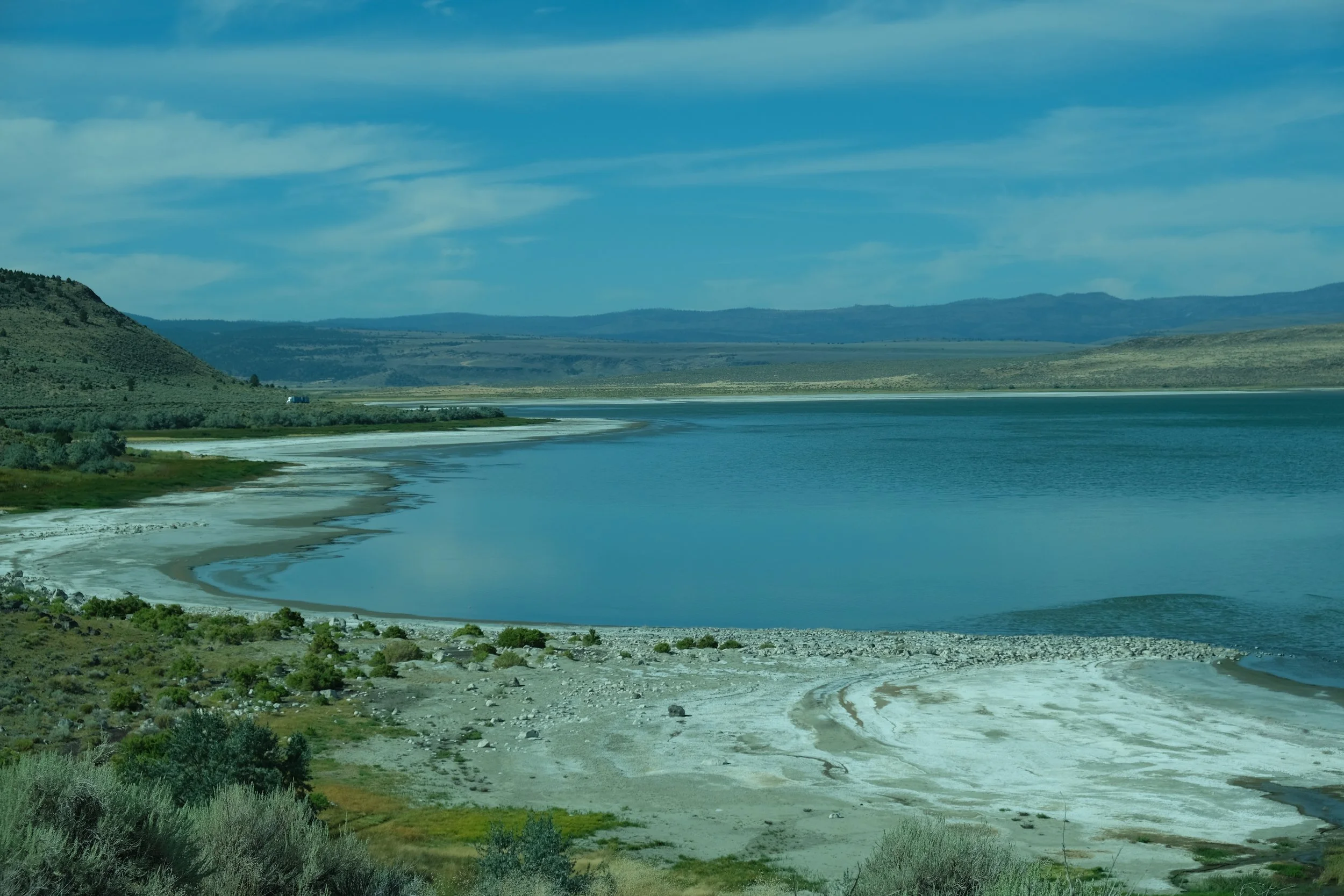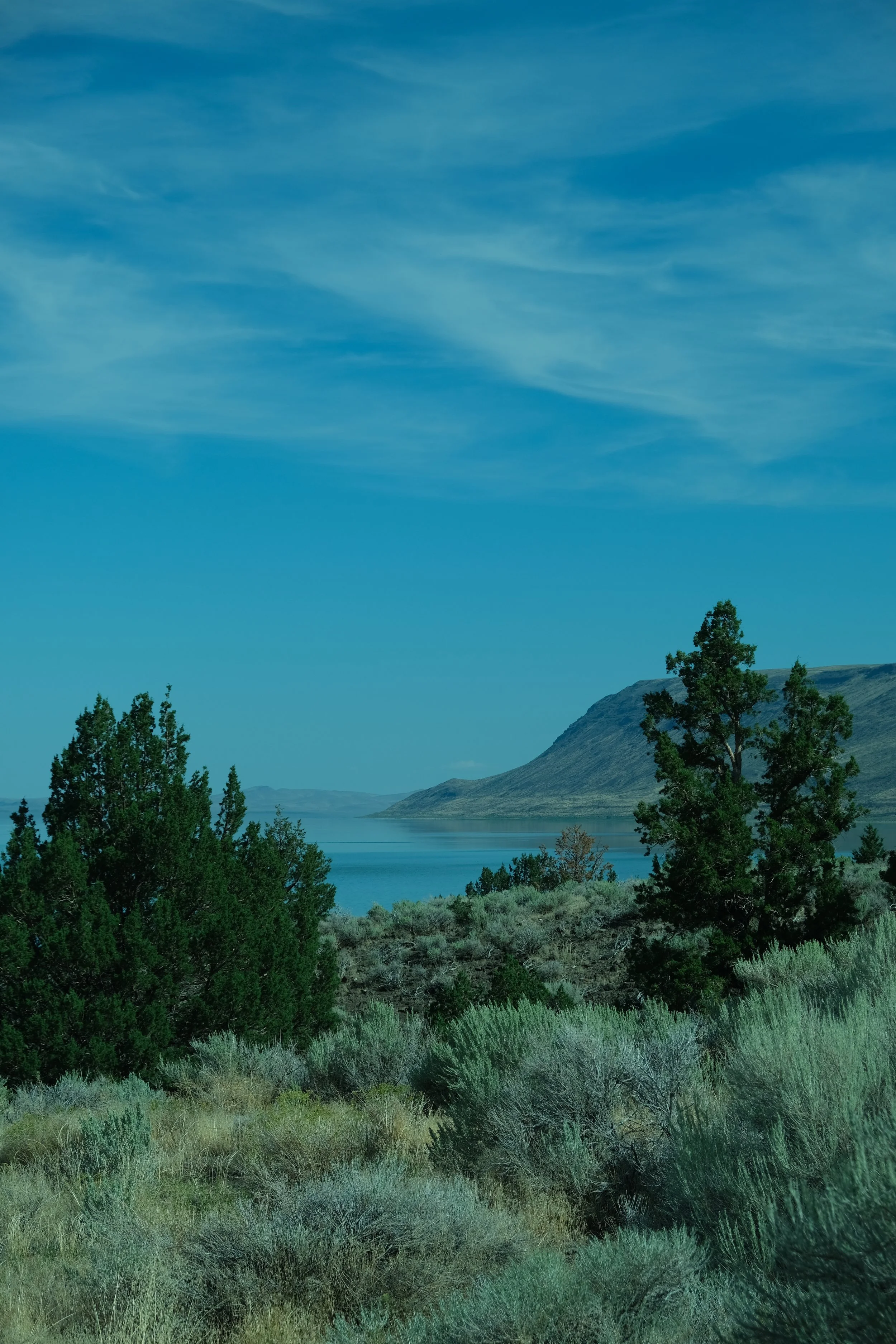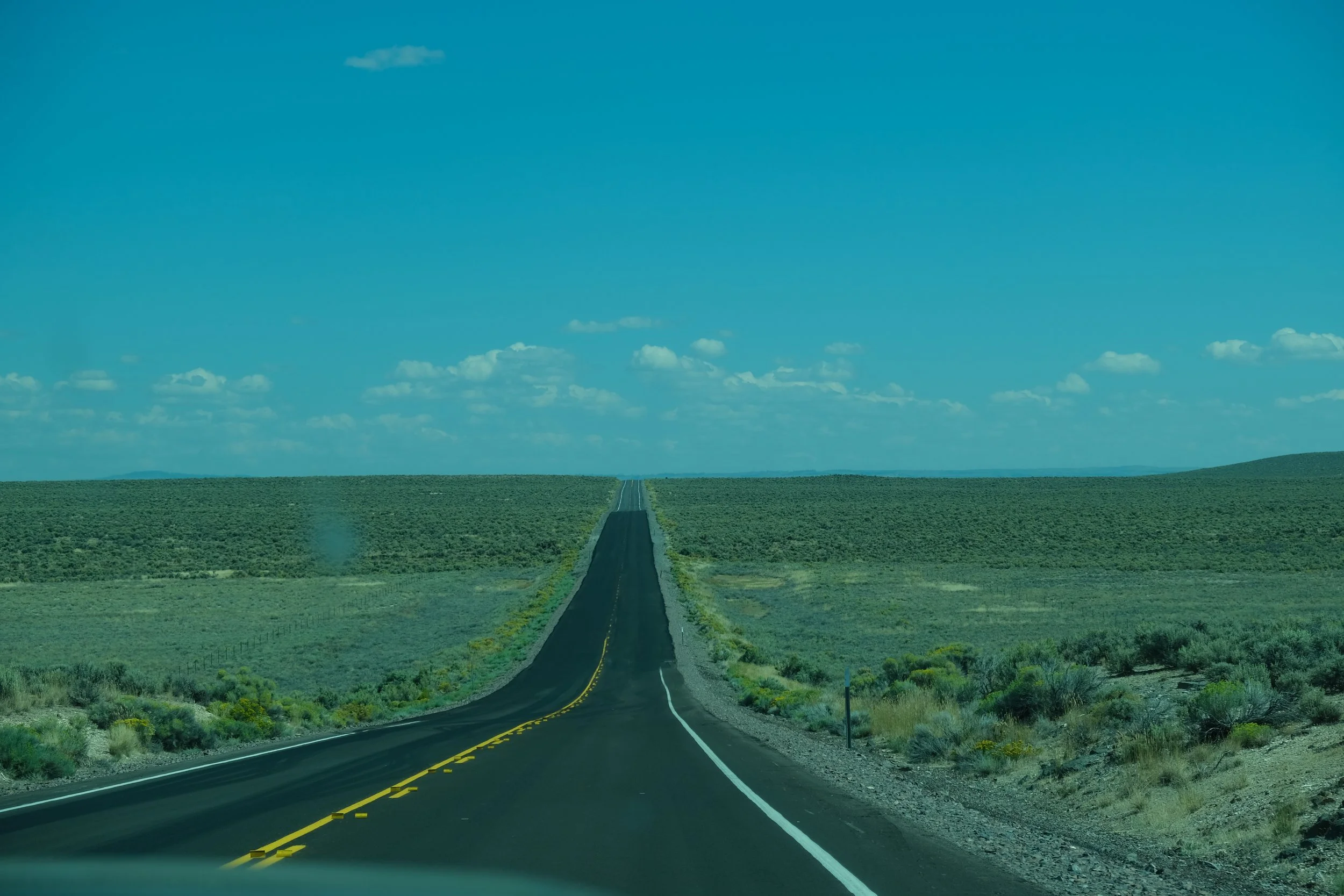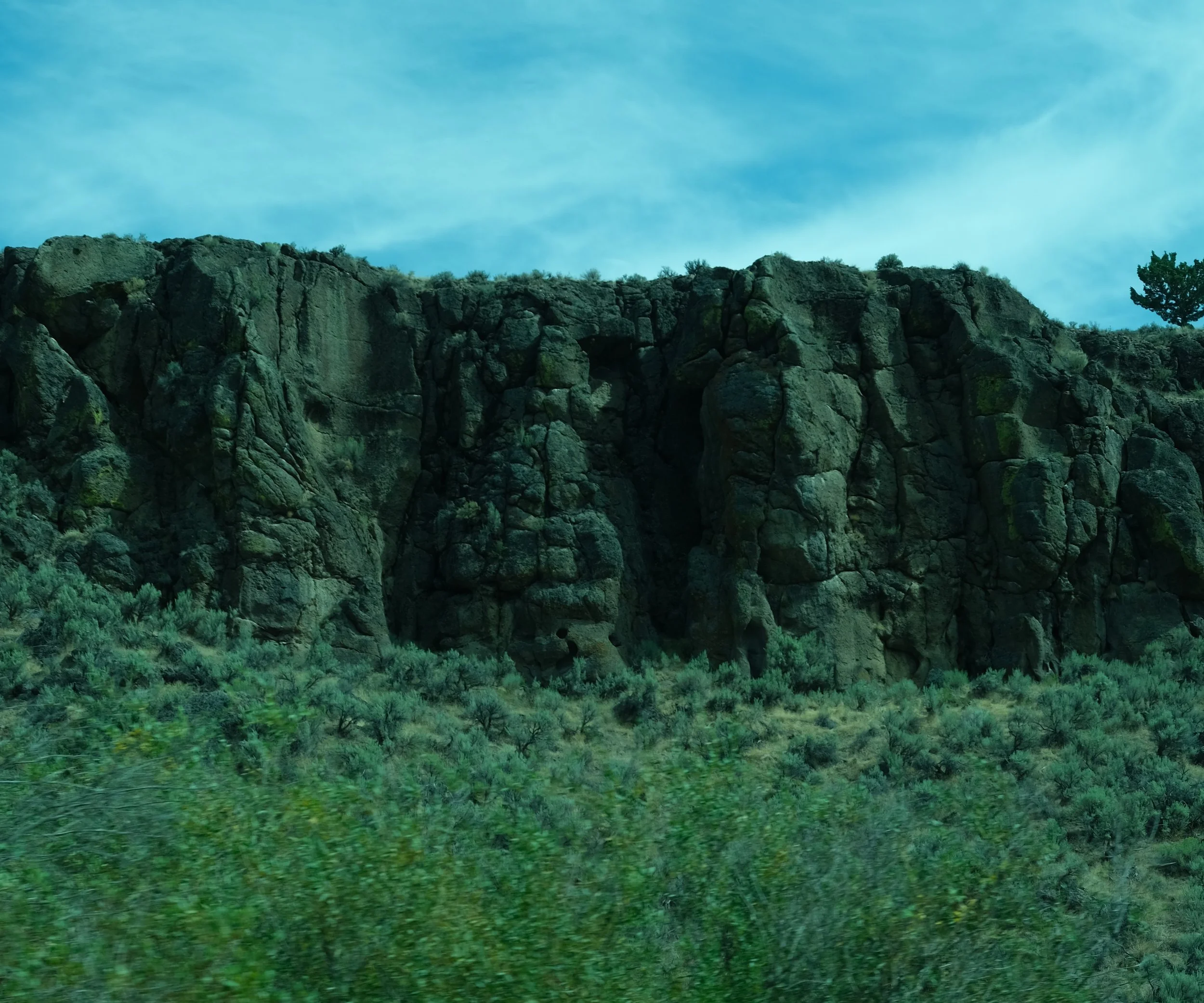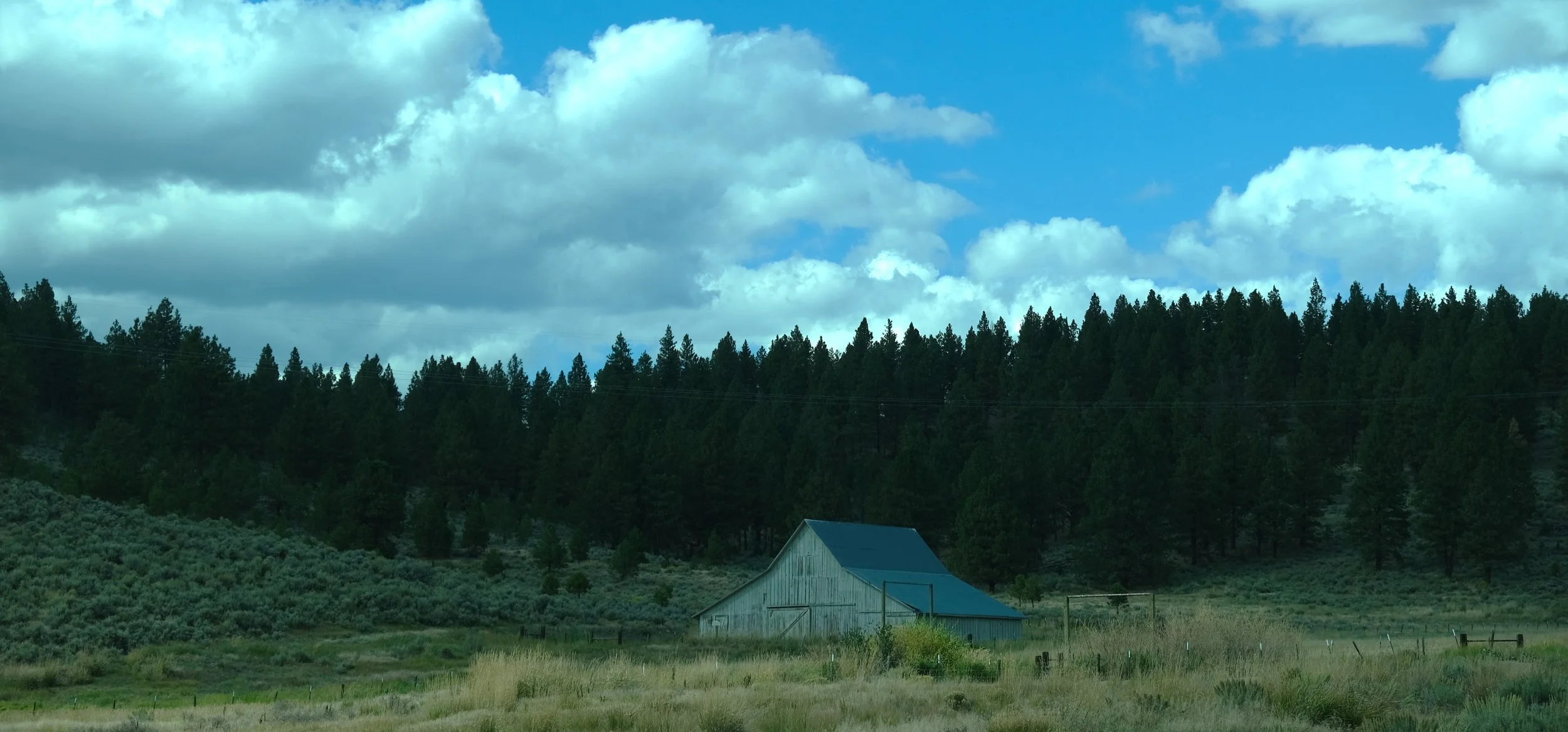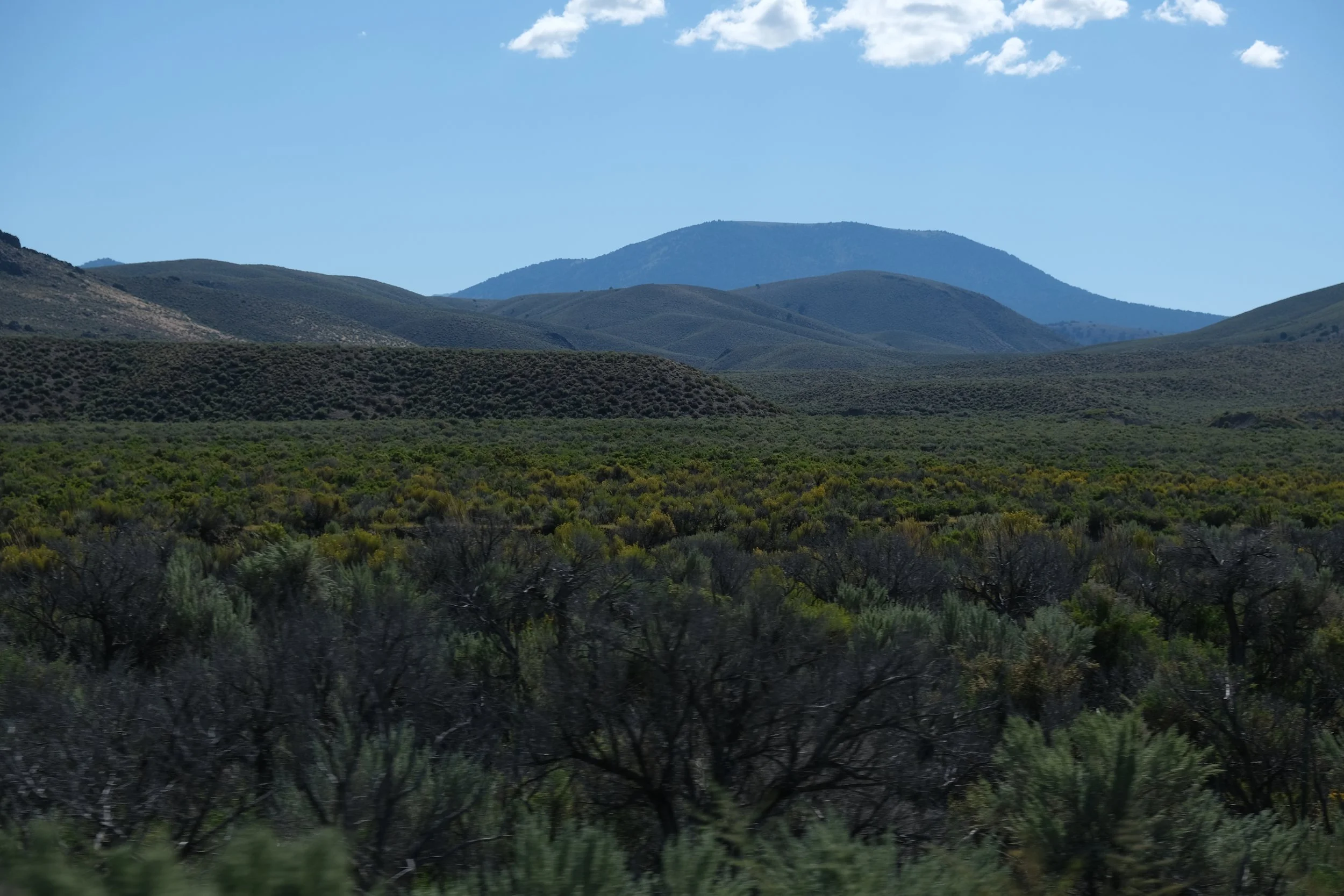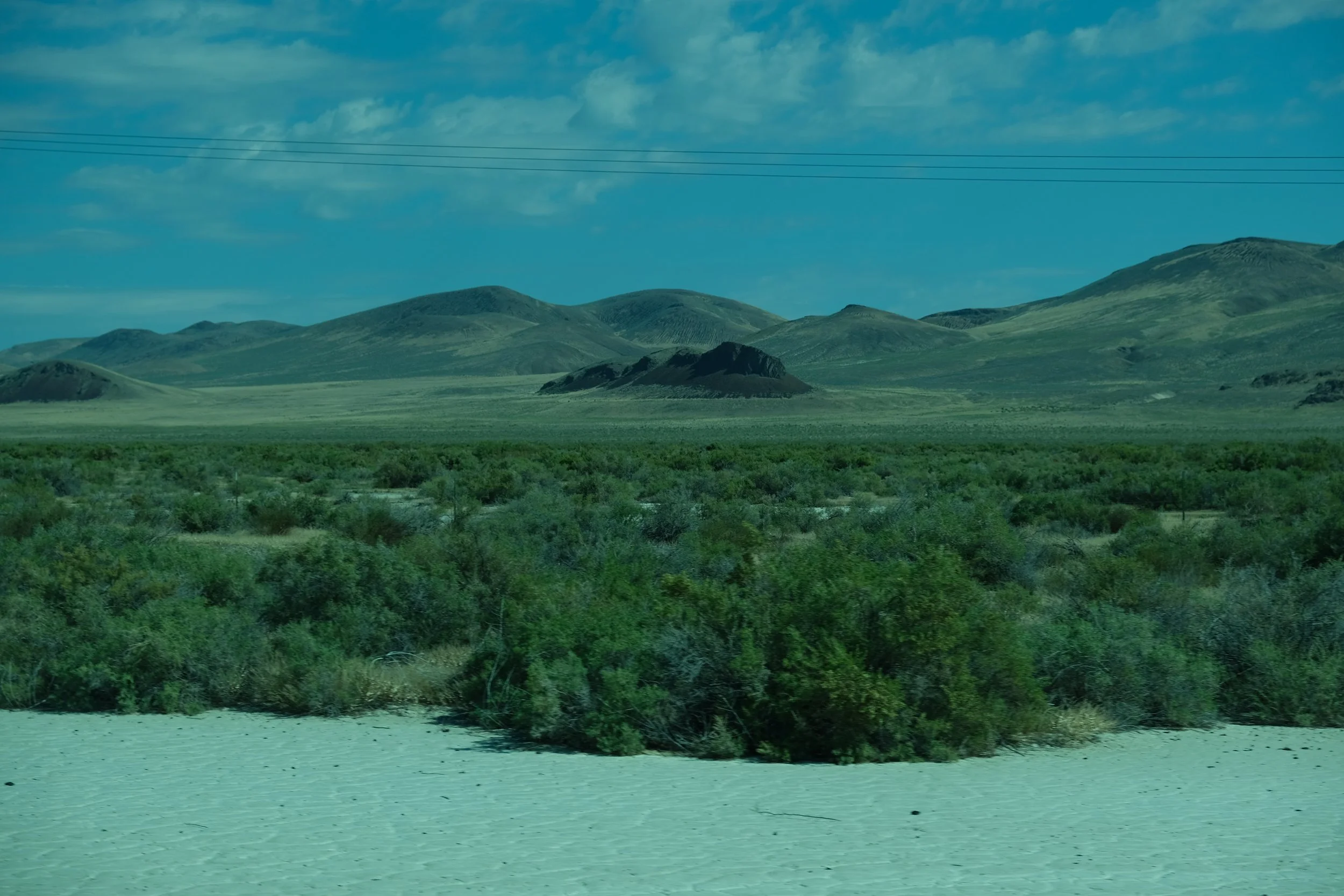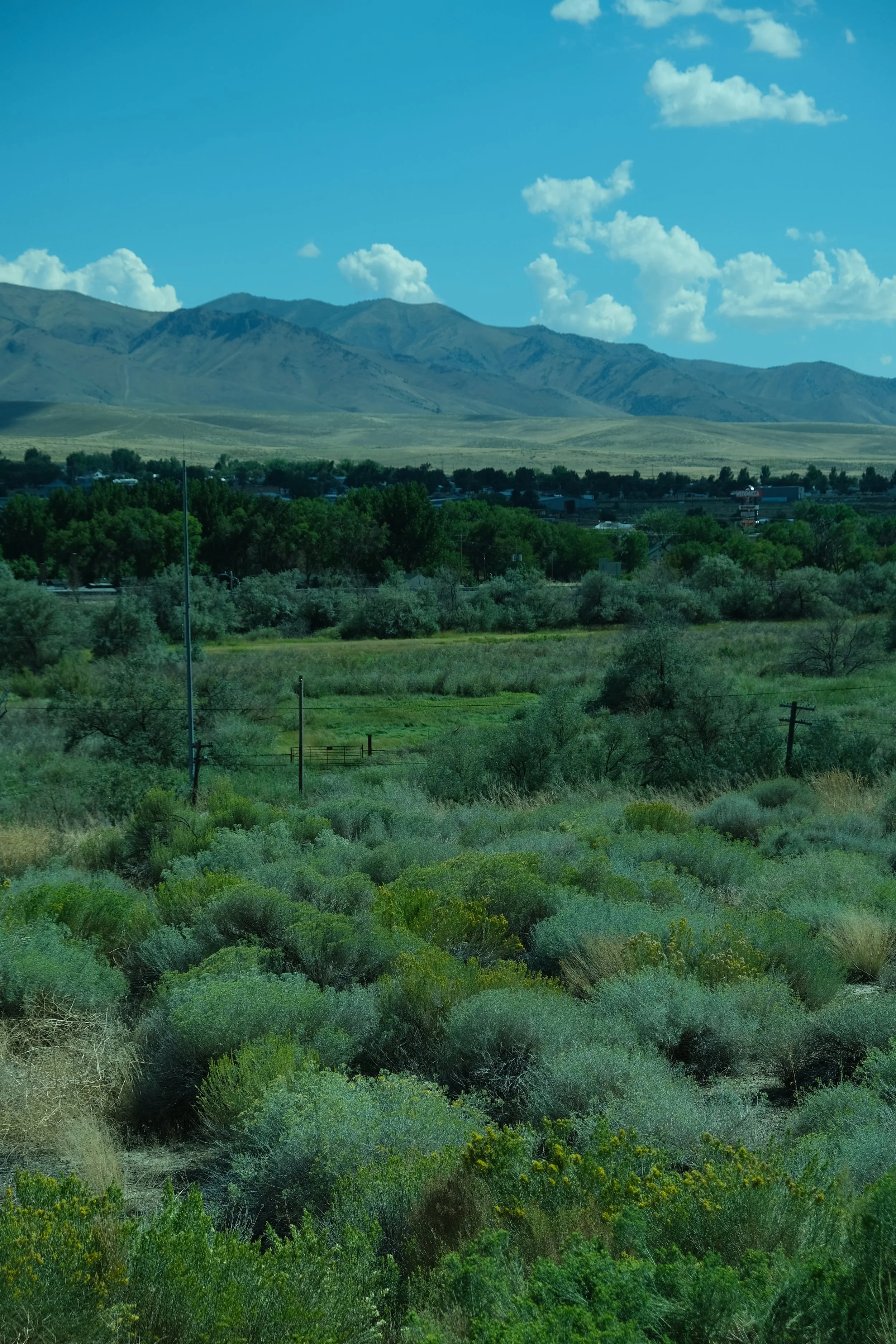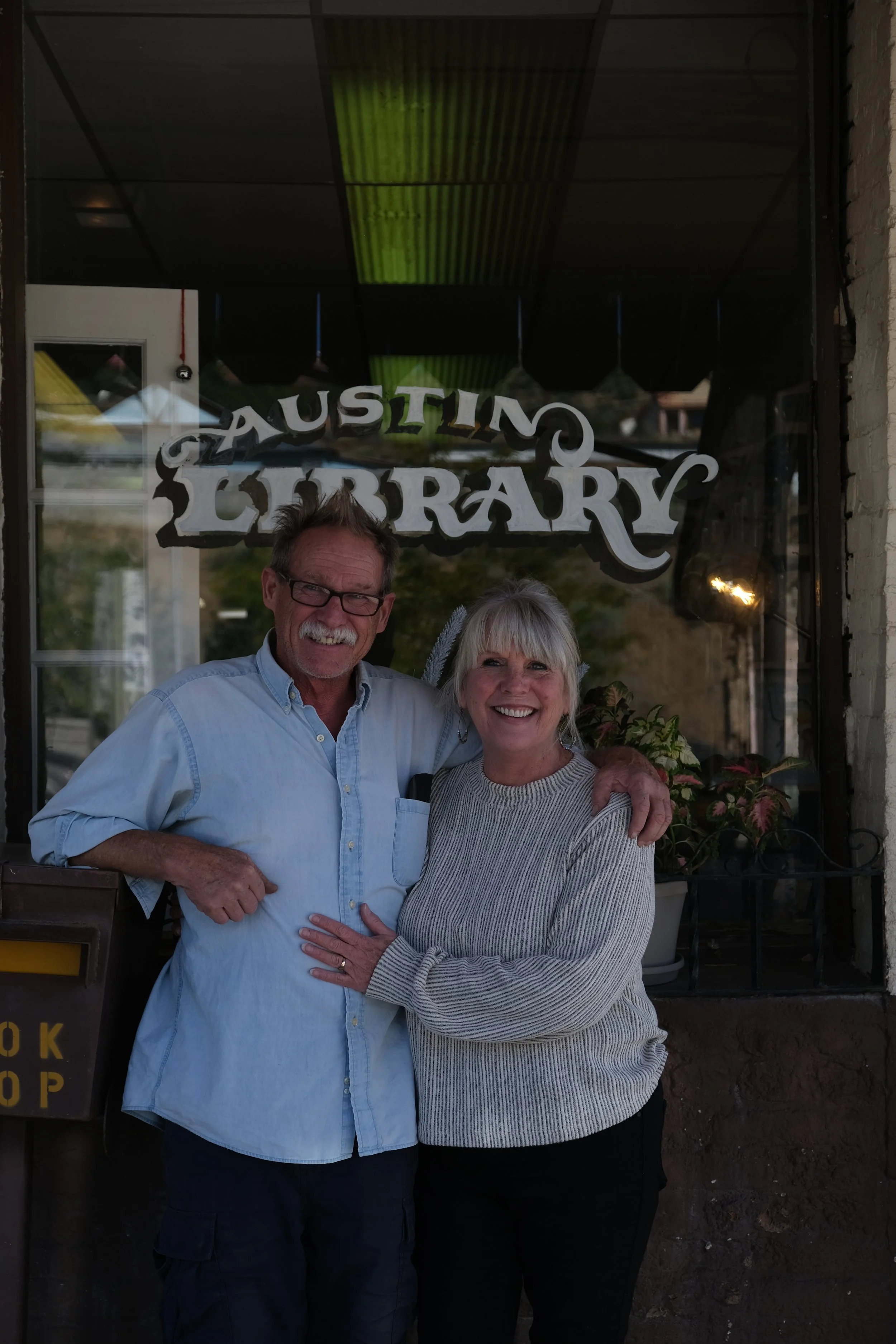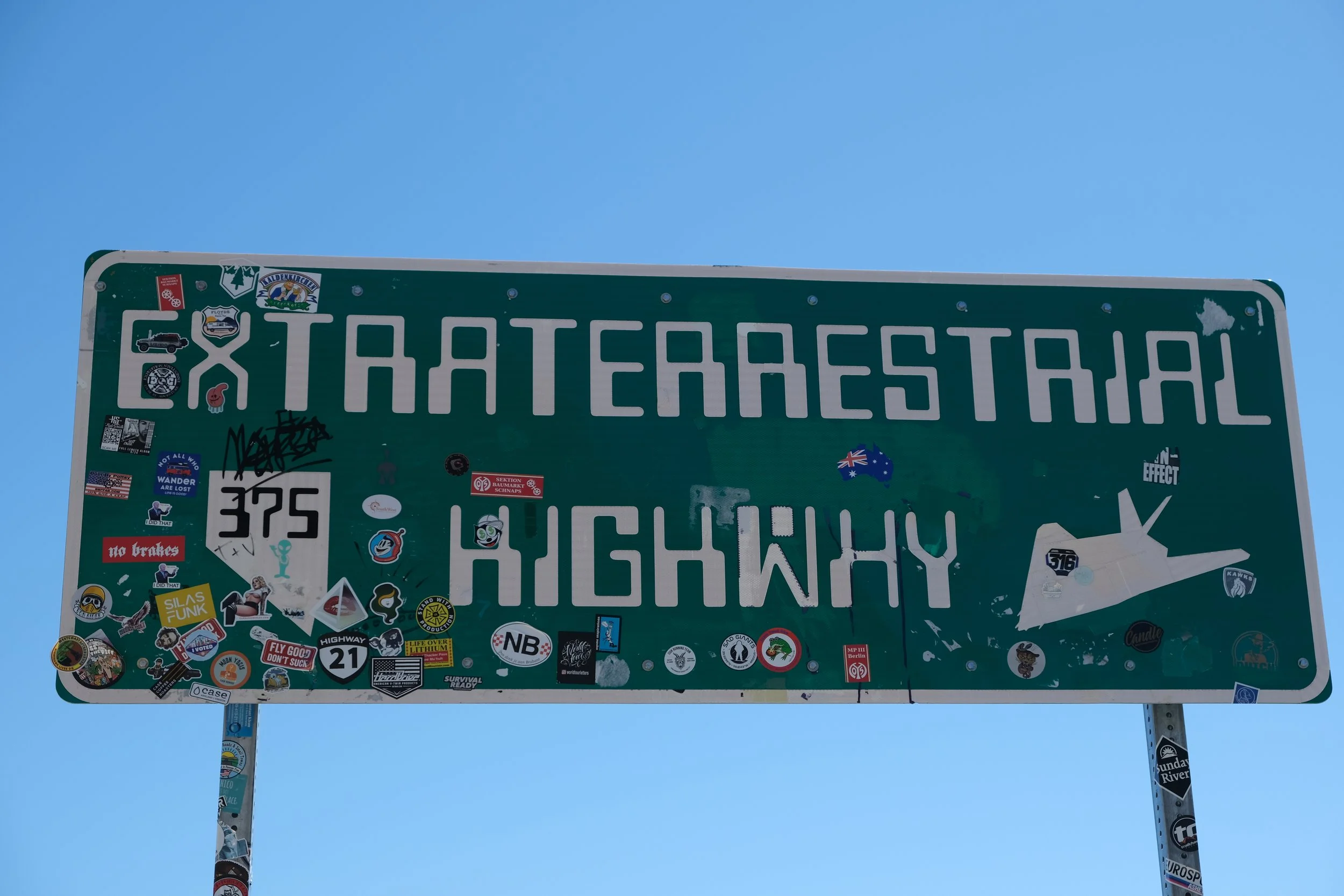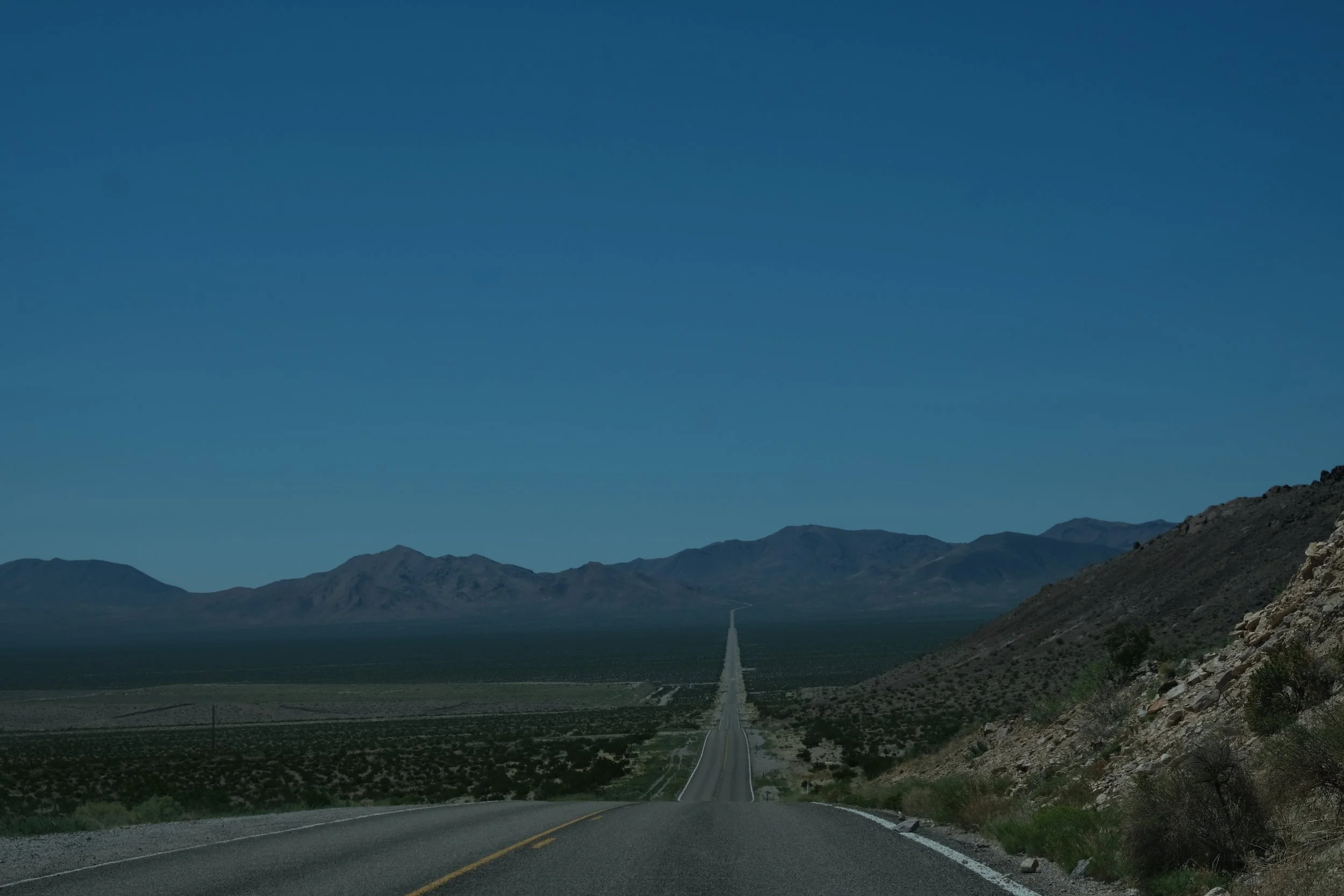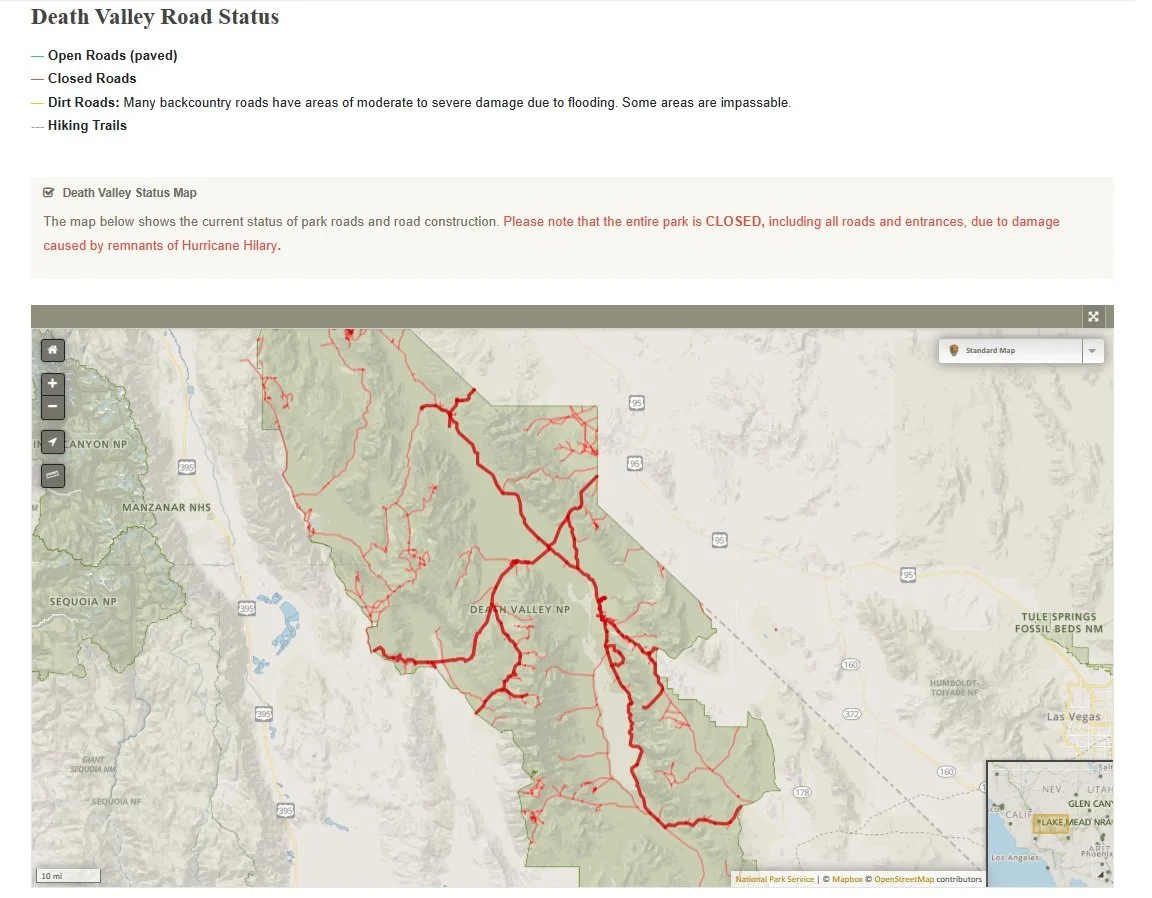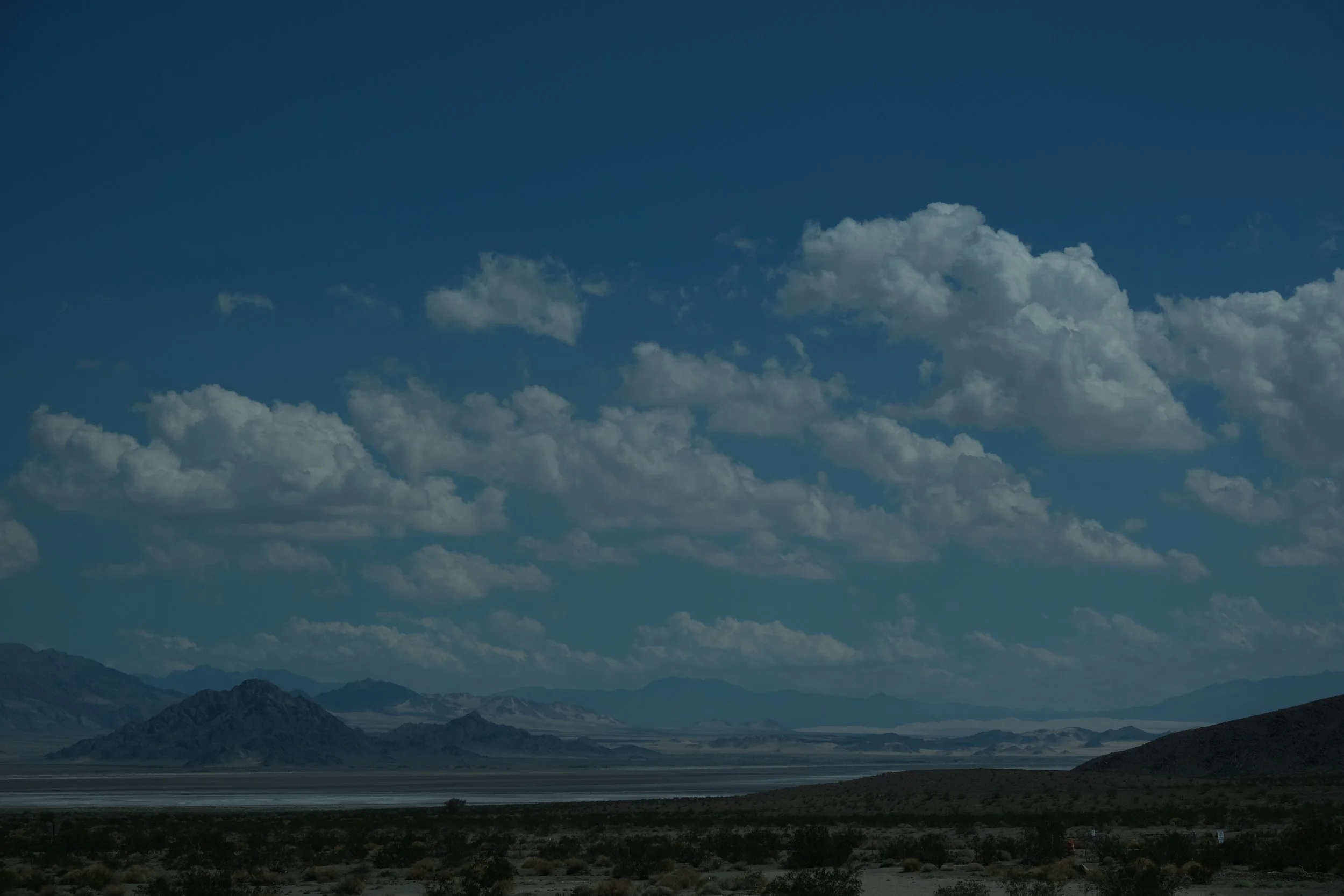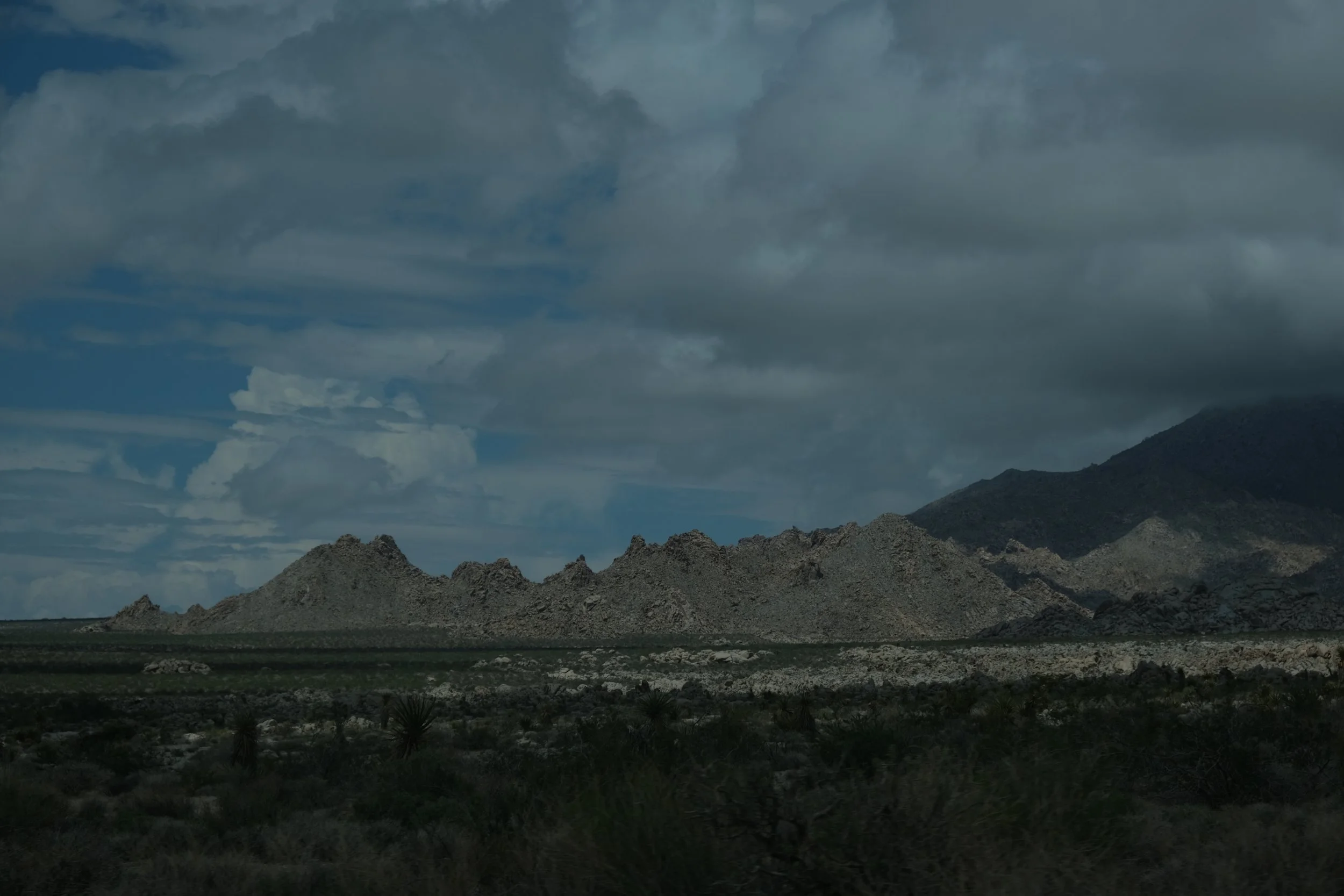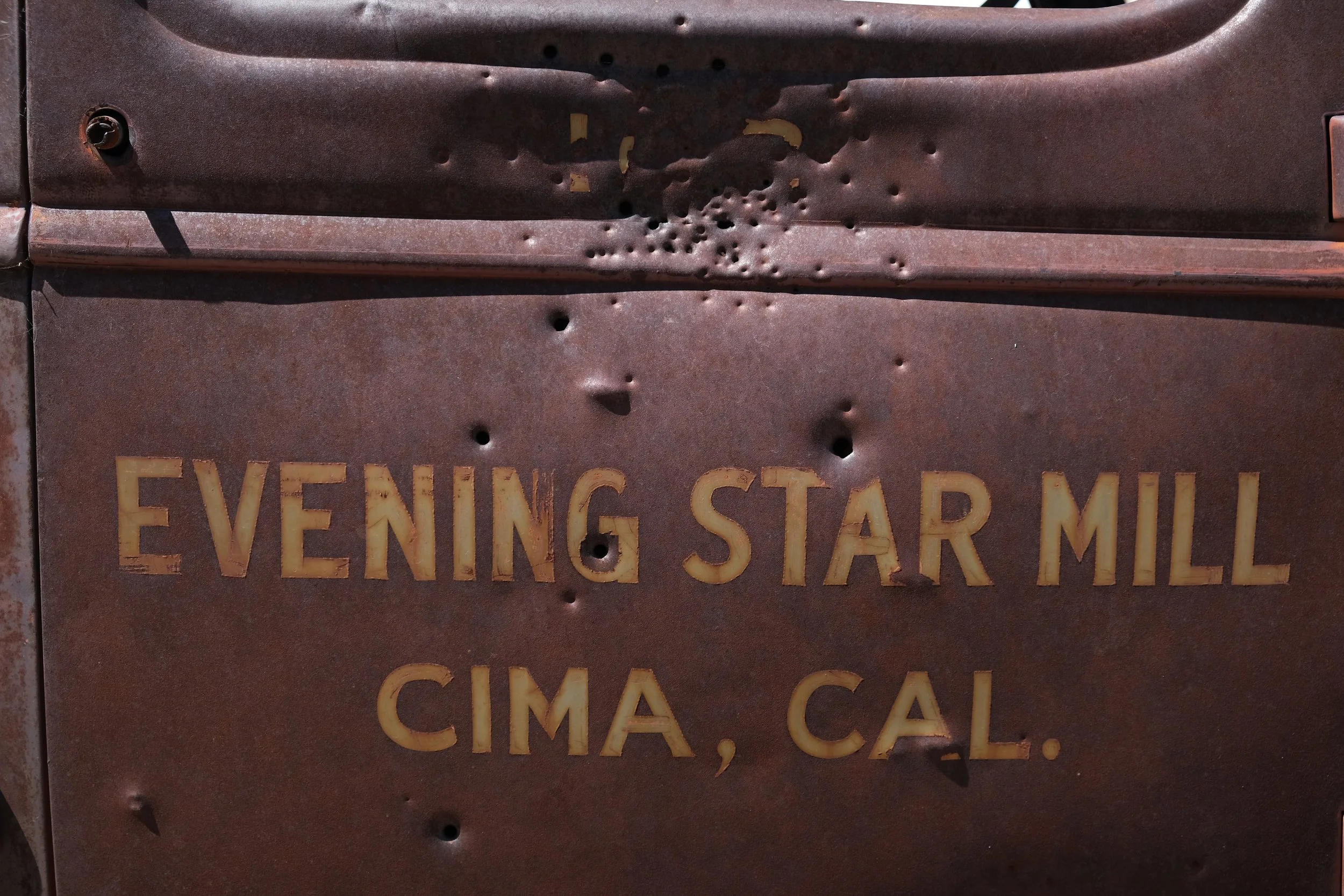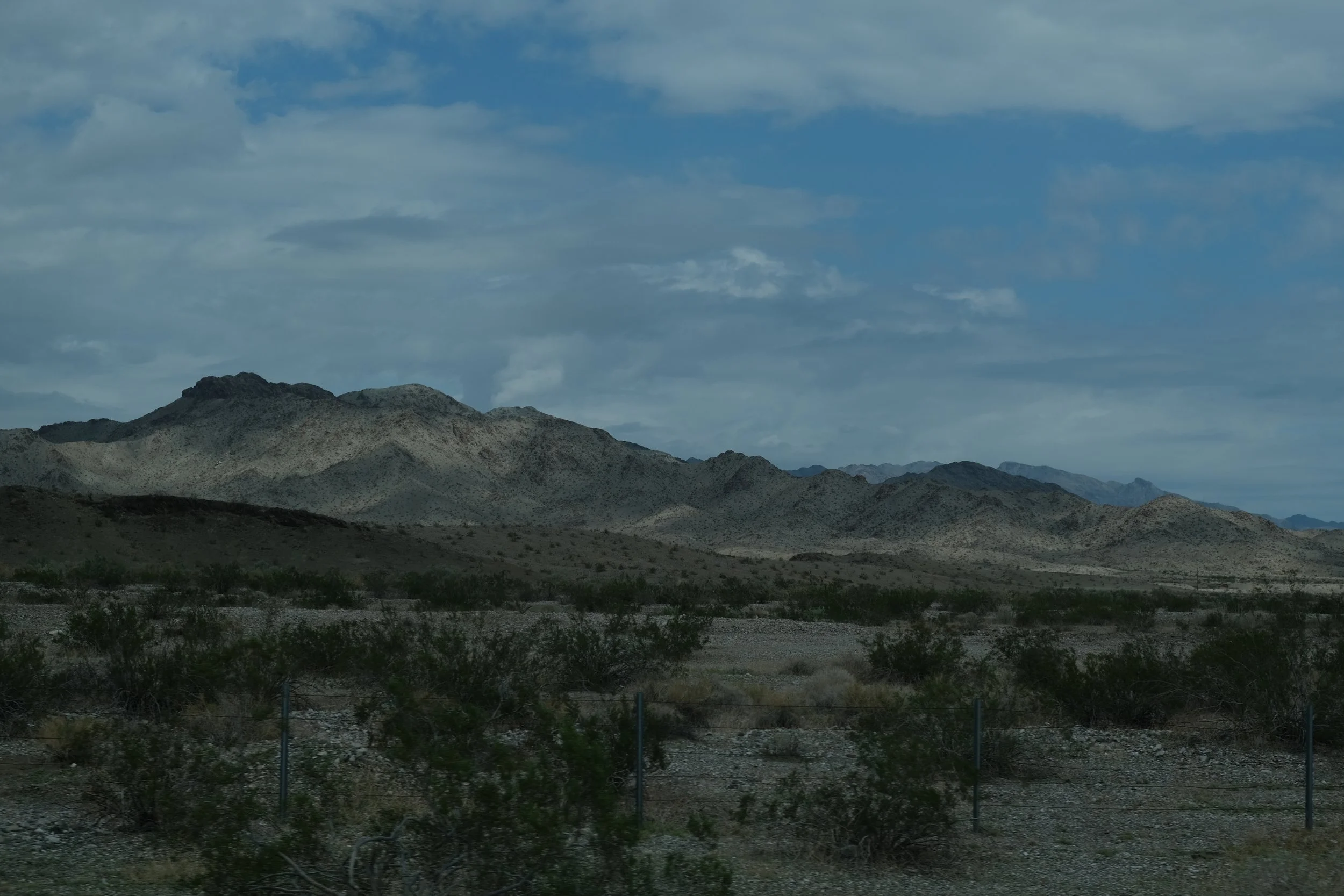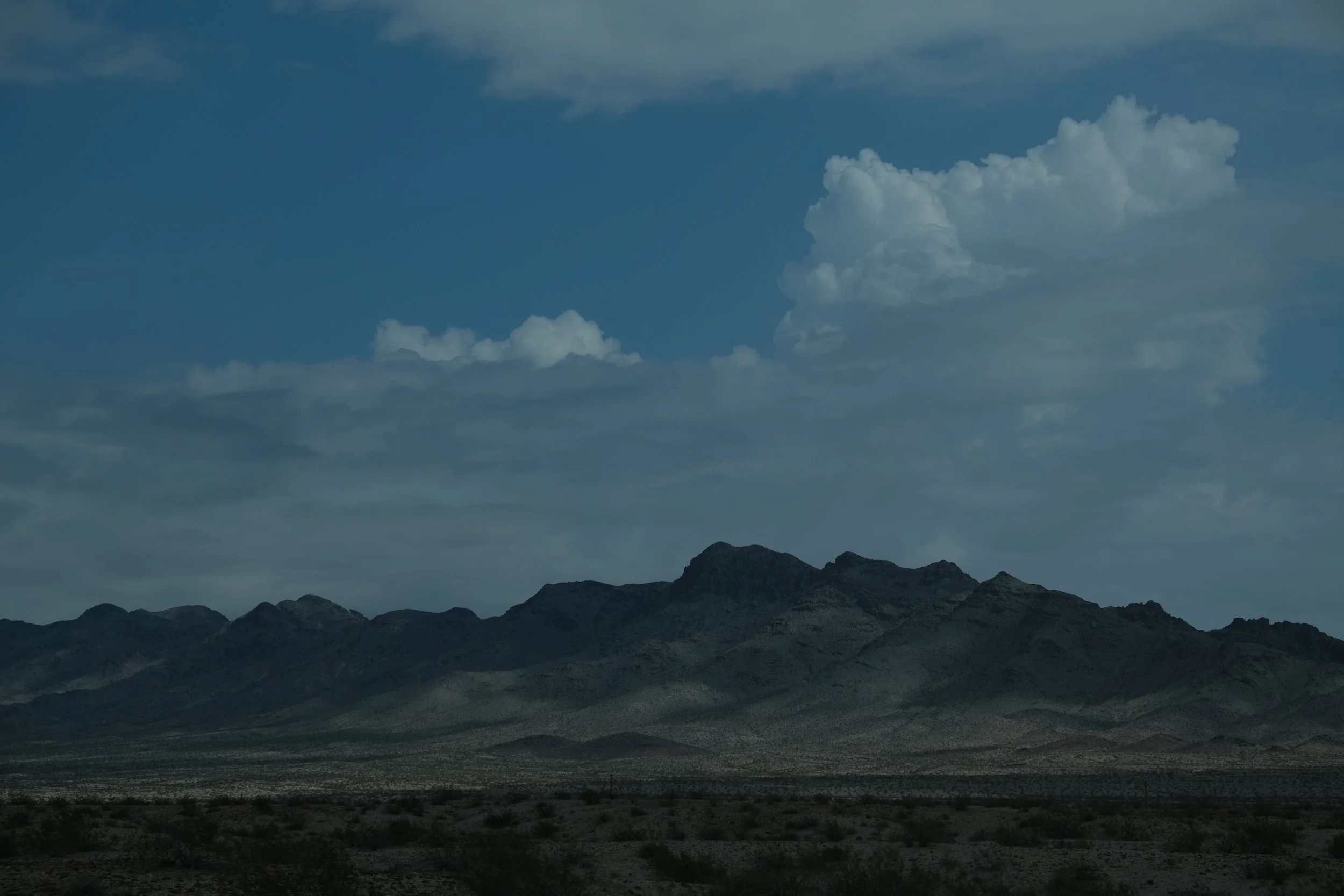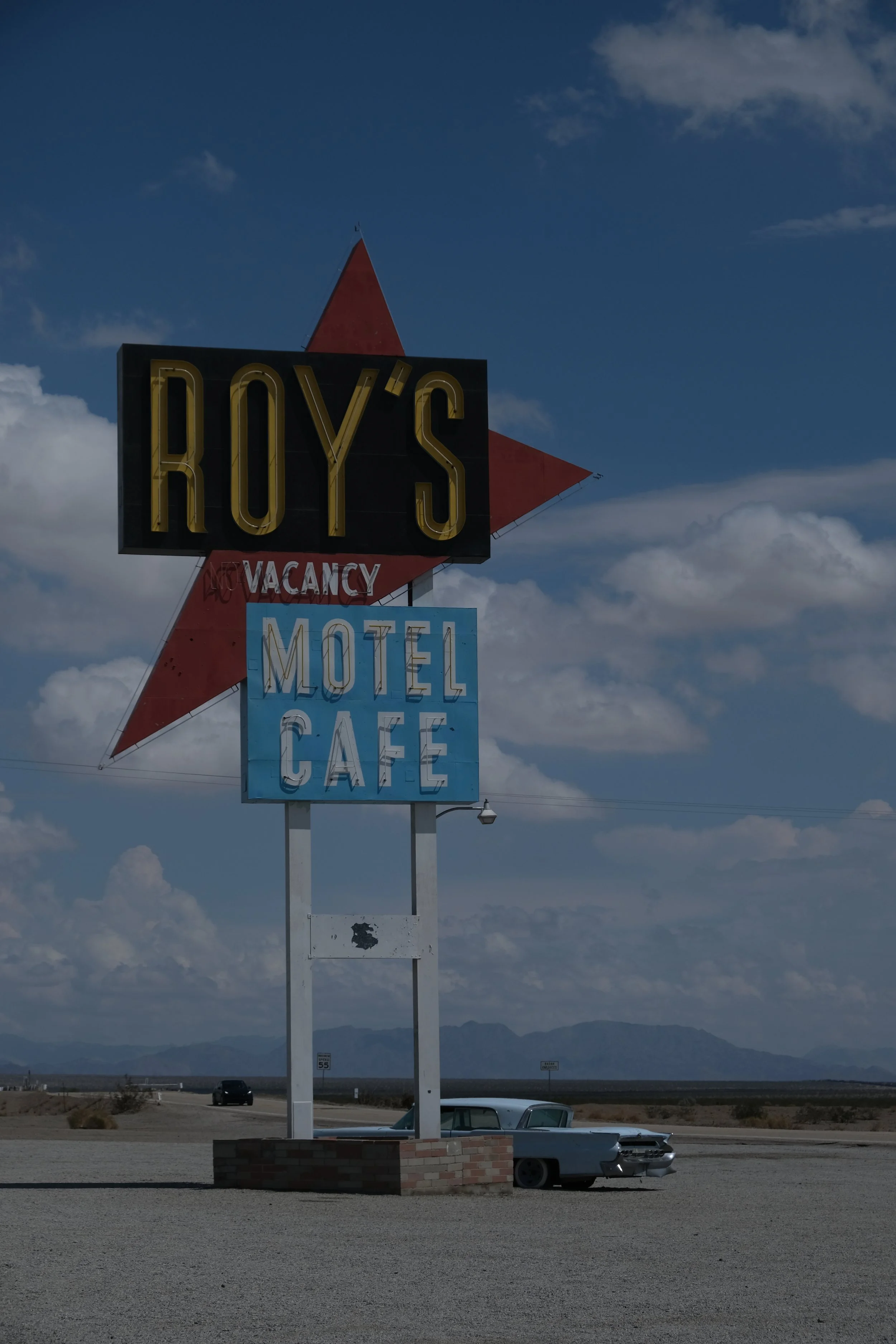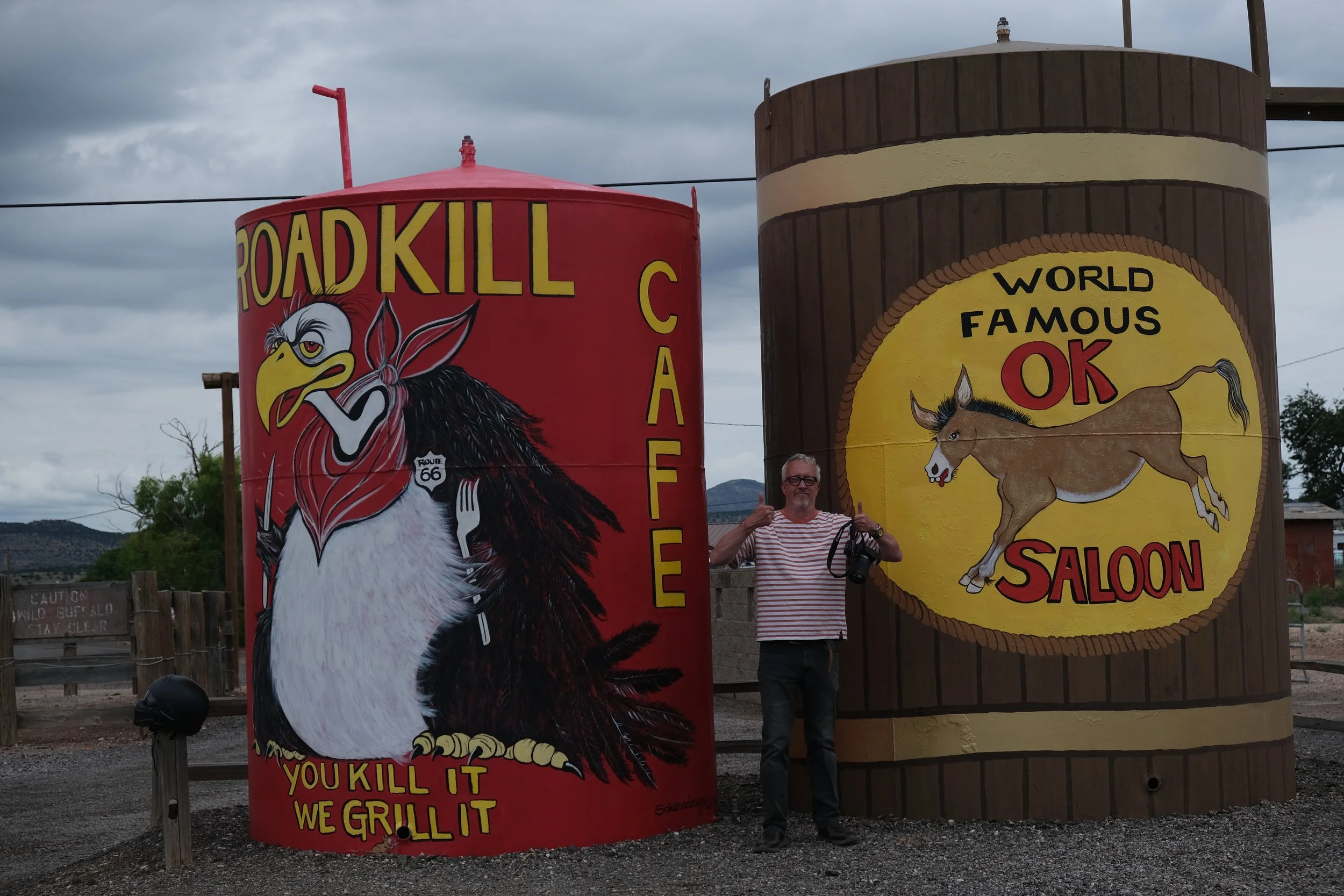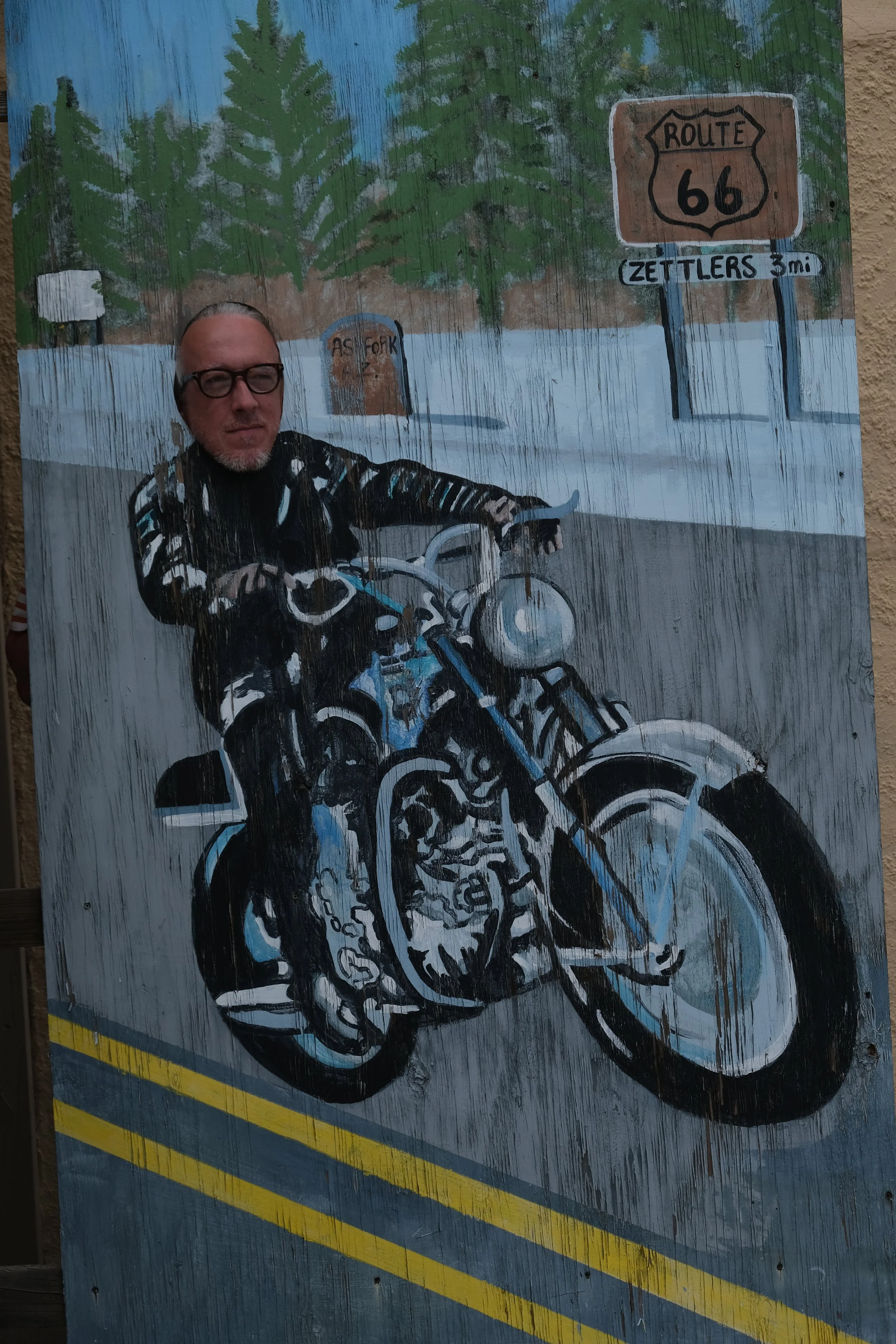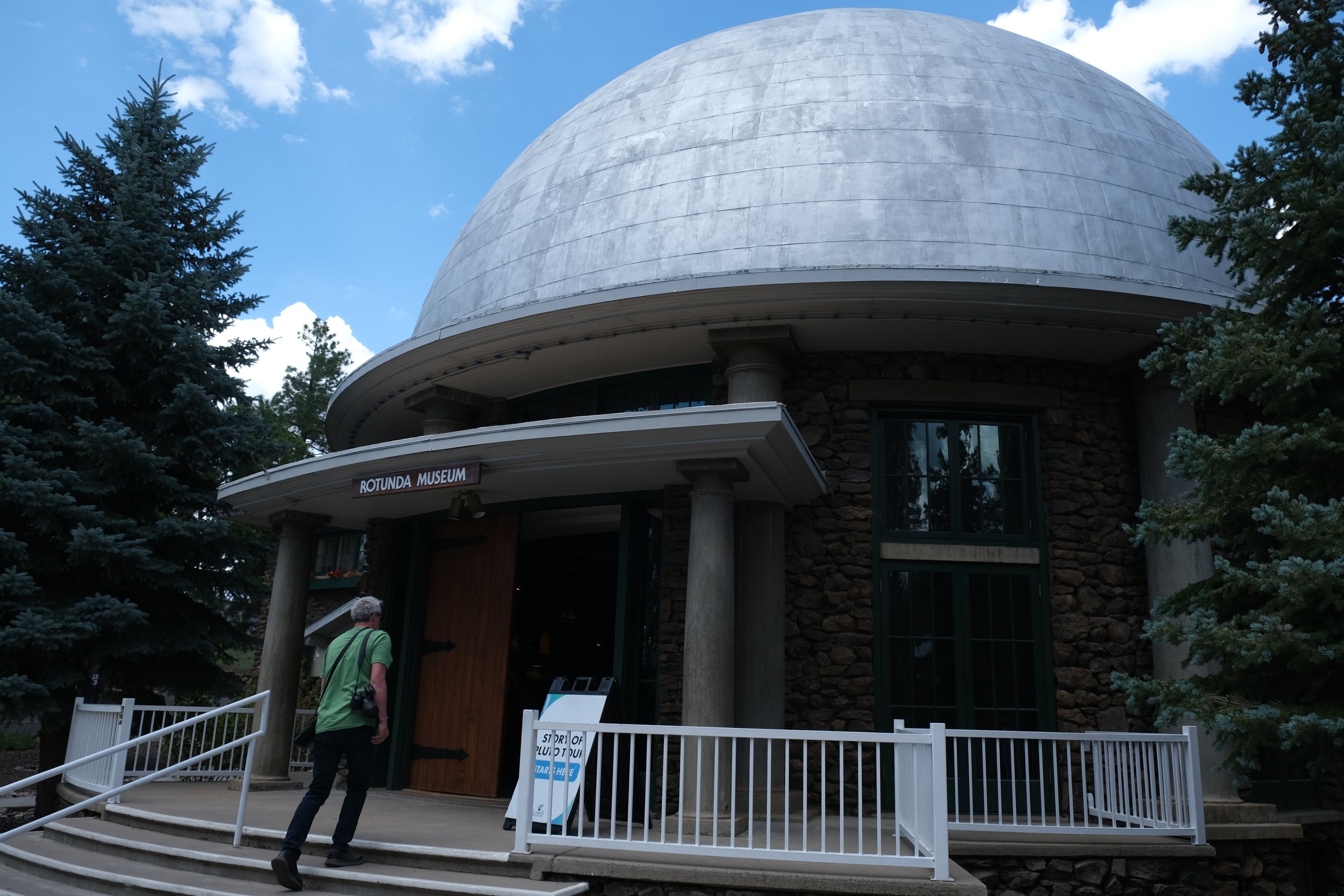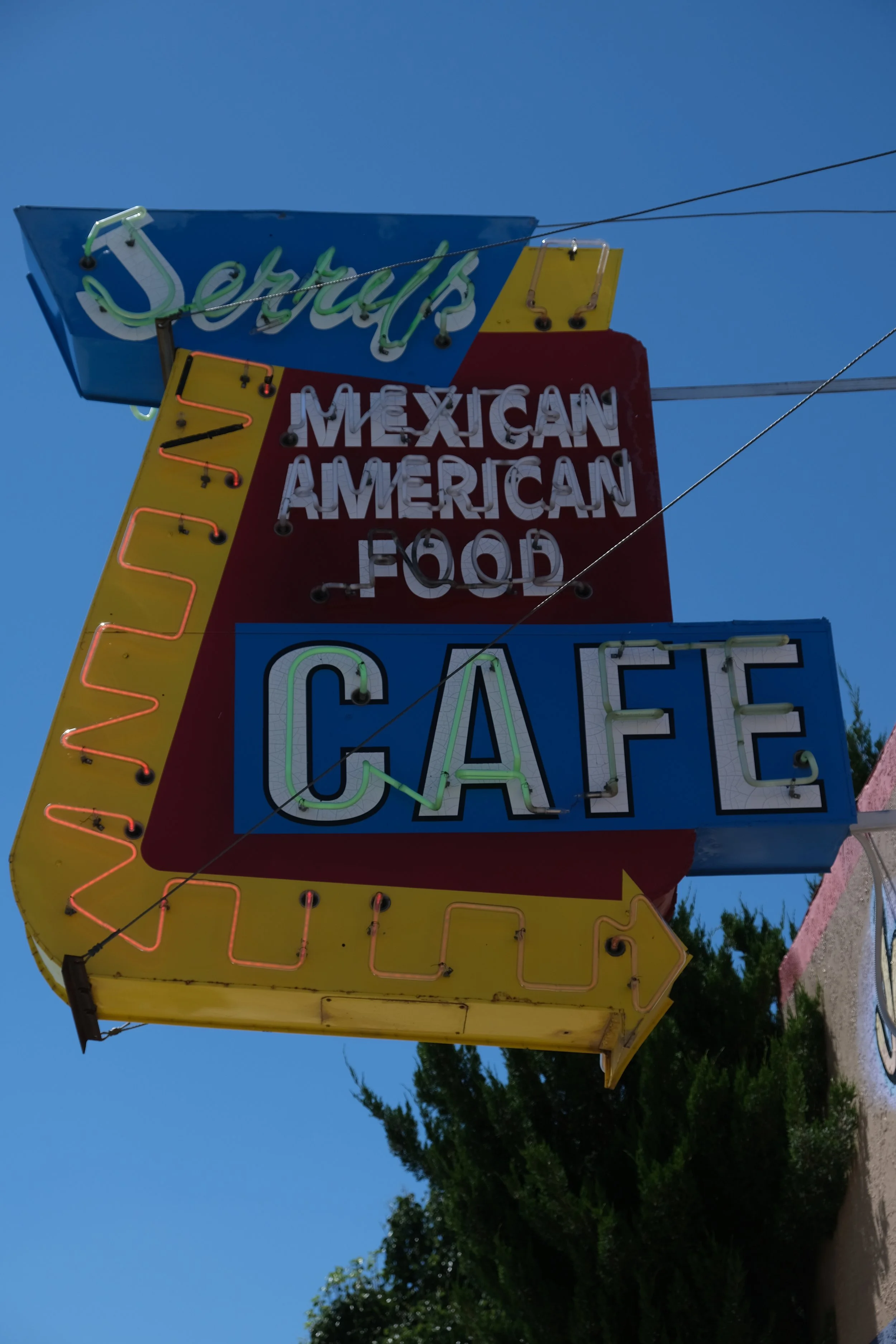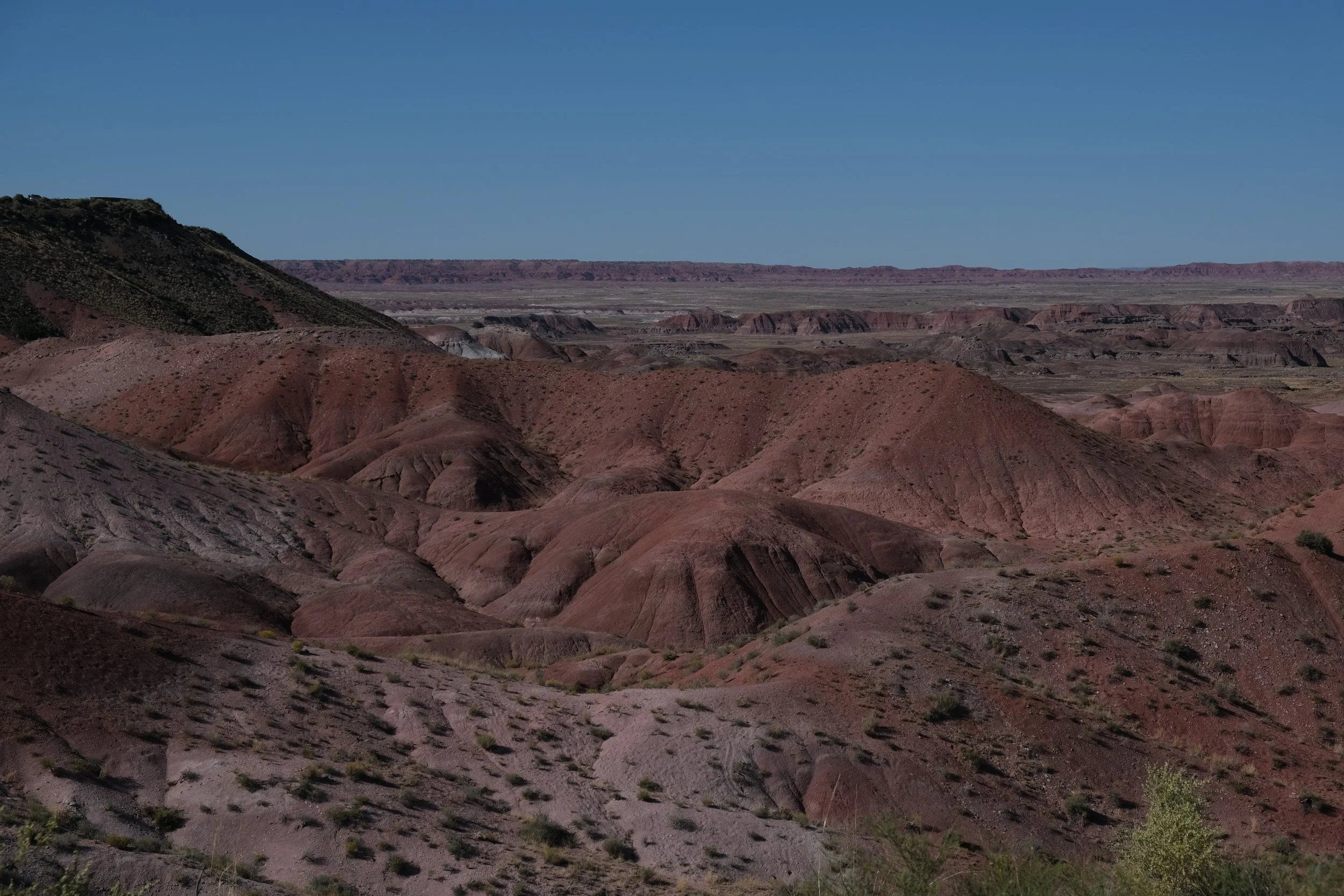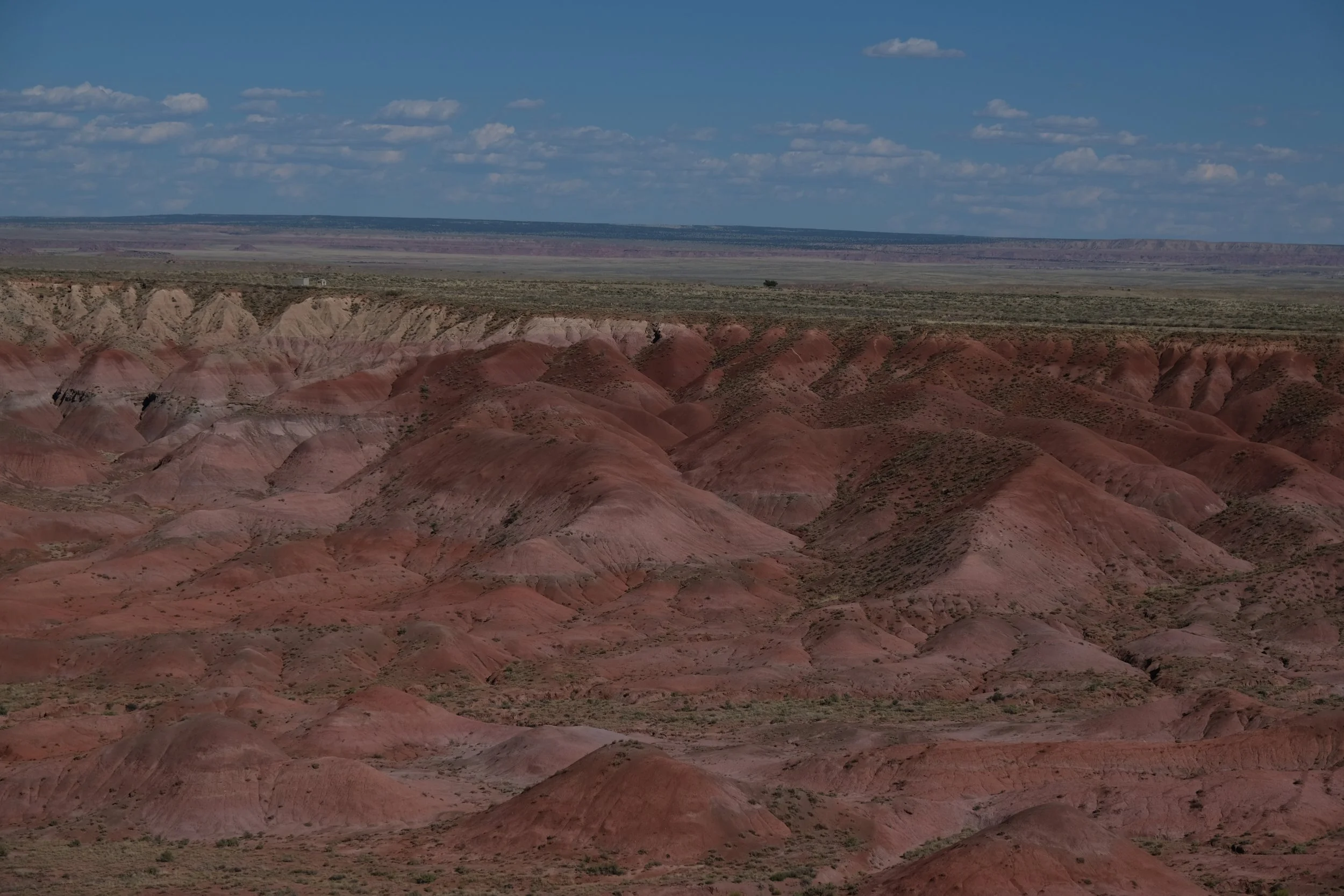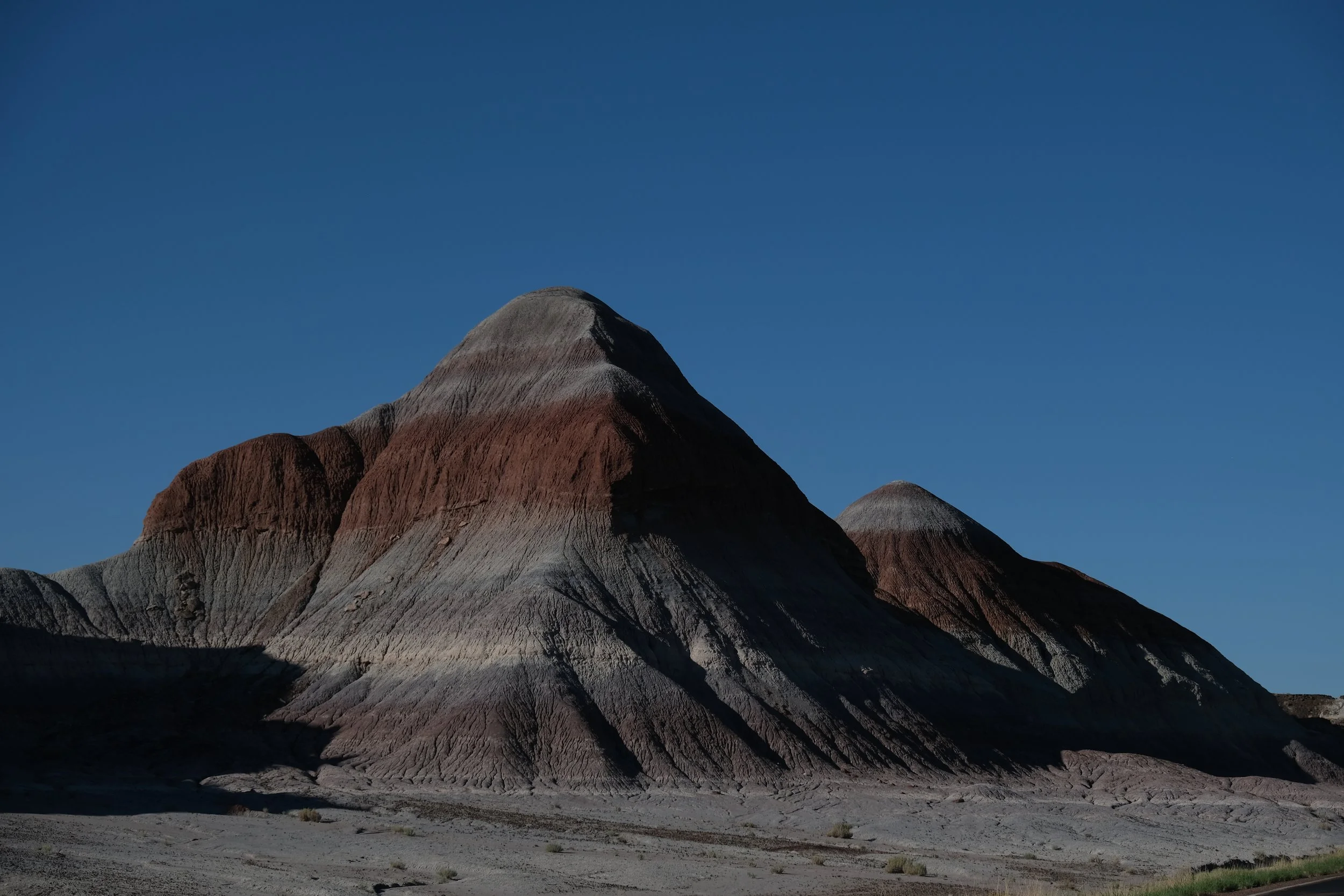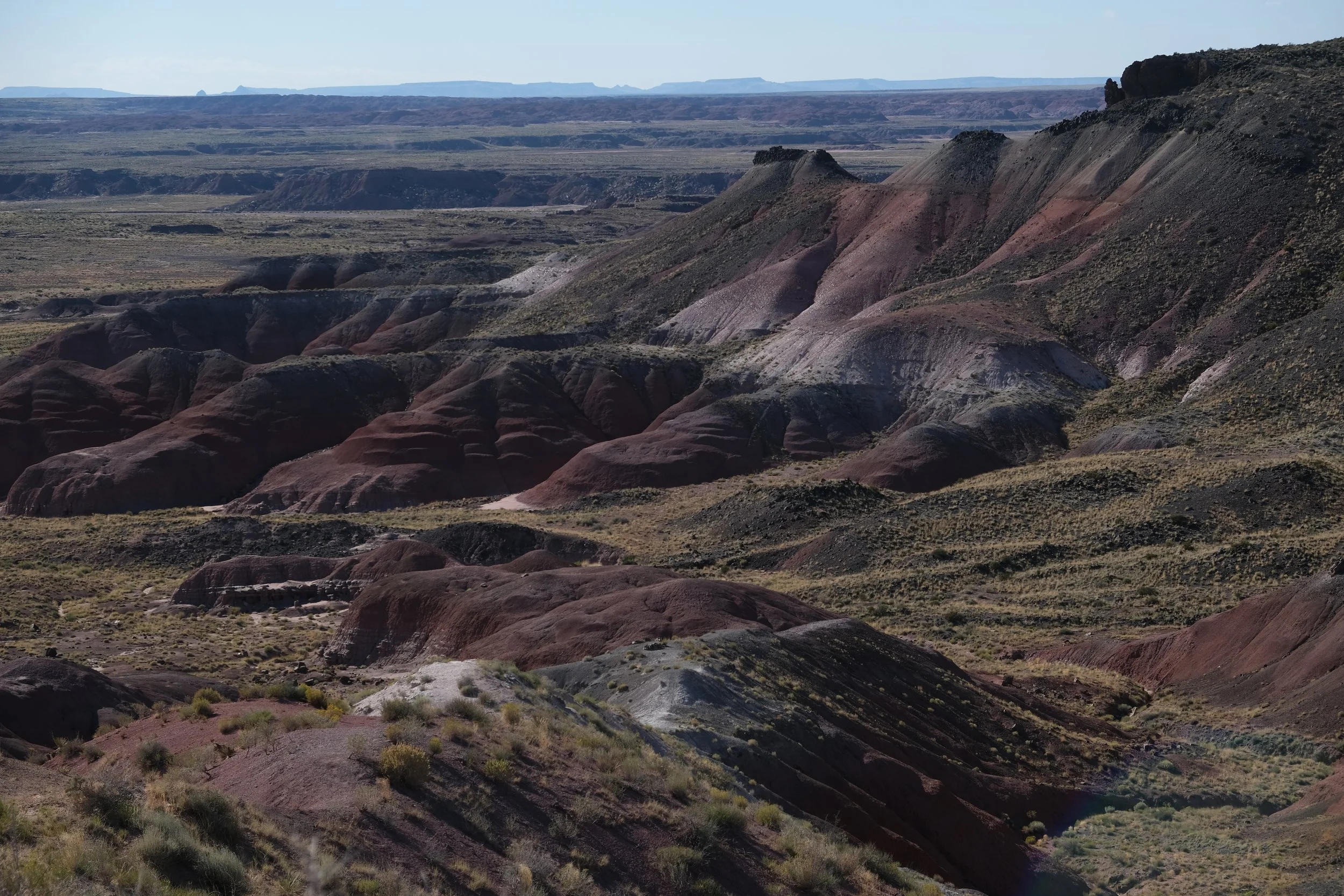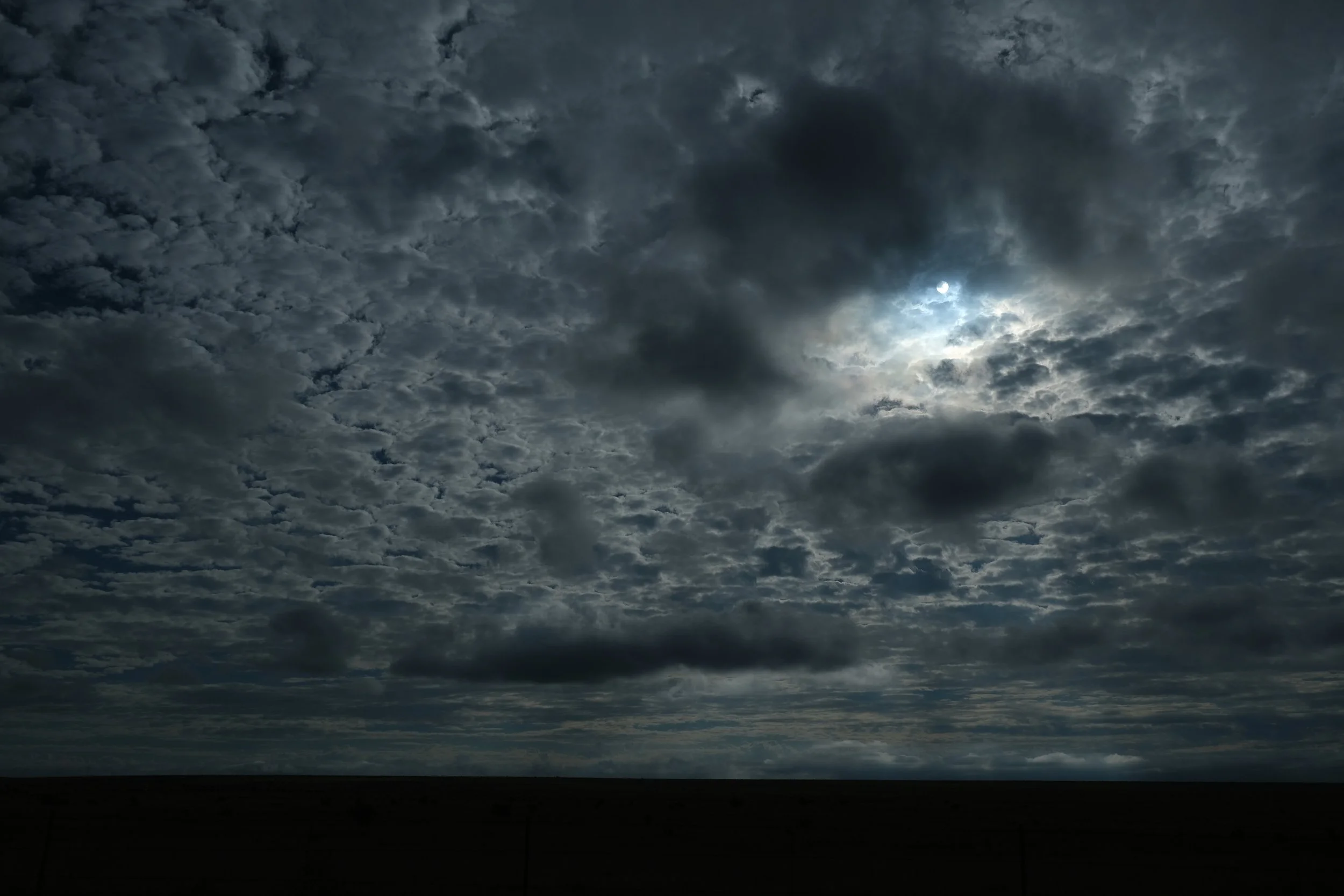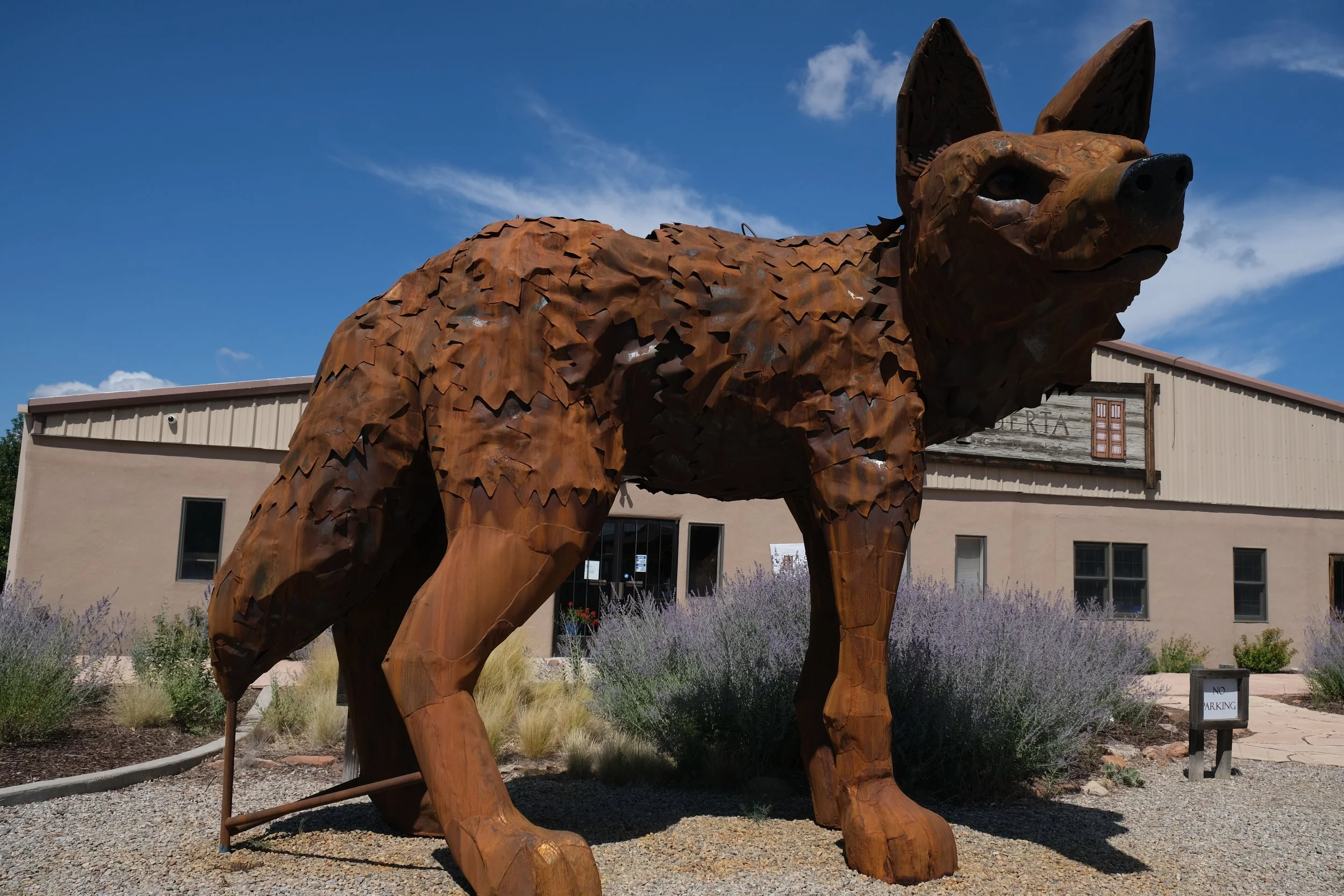We planned to visit a bunch of ghost towns, and we did. We visited Austin, Whitney, Sumpter and Granite. We travelled for hours through mountains held up by forests. It was a sight to see. Sumpter was a great ghost town but it had an oversized CBD shop, explaining why everyone is so chilled.
We are now in Pendleton, at the top end of Oregon. Tomorrow is a new state and we add to the fridge.
Austin
As a supply depot for mining towns, Austin’s longevity depended on the existence of mining towns that it served. As the mining towns began to disappear, Austin began its decline. The town’s population at its height was around 500 and had offices for doctors, lawyers and other professionals. It had three sawmills with all the business they could handle turning out lumber for flourishing mining towns. The hotel and stagecoach way-station was owned and operated by a Mr. and Mrs. Minot Austin giving the then growing community its name. The station was used as a hotel for hunters as late as the early 1930s but by the end of World War II, the population had dwindled to about 50 souls.
Whitney
Whitney was the prime station on the 80 mile long, narrow-gauge Sumpter Valley Railroad. 14 rail crews were stationed in town and 75 people were employed at the local saw mill which supplied lumber for the surrounding gold mining camps. Even with all this activity, the population never rose above 100. The town began its decline after the fire at the saw mill in 1918.
Whitney was one of those towns that was not a mining camp but was in the middle of those that were. It was strictly a logging town and somewhat on the boisterous side. A killing here and there, now and then. Miss Erma Cole taught school in Whitney in the winter of 1919-1920. She reports the temperature during that winter reached 55 degrees below zero and stayed there for a short time before it warmed up to 50 degrees below zero.
Granite
Many years ago during the gold rush, Granite had a population of 5,000 people. A handful still remain today. Even though the town is quite isolated, a small store serving cold drinks is ready to welcome all travelers. The building in the photograph was erected in 1888 and was first used as a school house, then later as the city hall. It was built on a small hill and leans to the right, overcompensating for the slope.
Granite was first settled on July 4, 1862. It was then only natural the settlers would name the town “Independence.” Not so said the postal authorities for there was already a town by that name in Oregon. The next choice was “Granite” for the prevailing rock in the region. The buildings are vacant and most in a stage of near collapse. There is a road through the town leading to small private claims.
